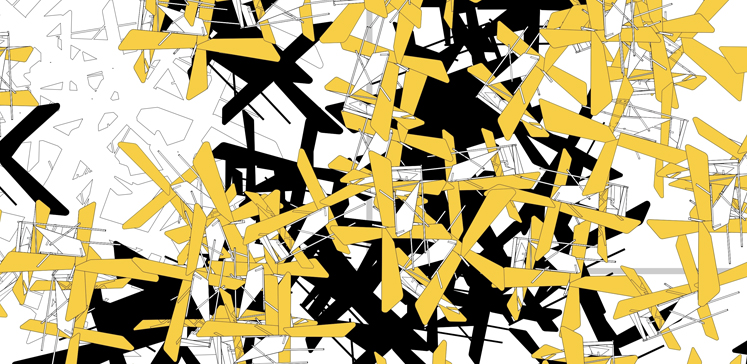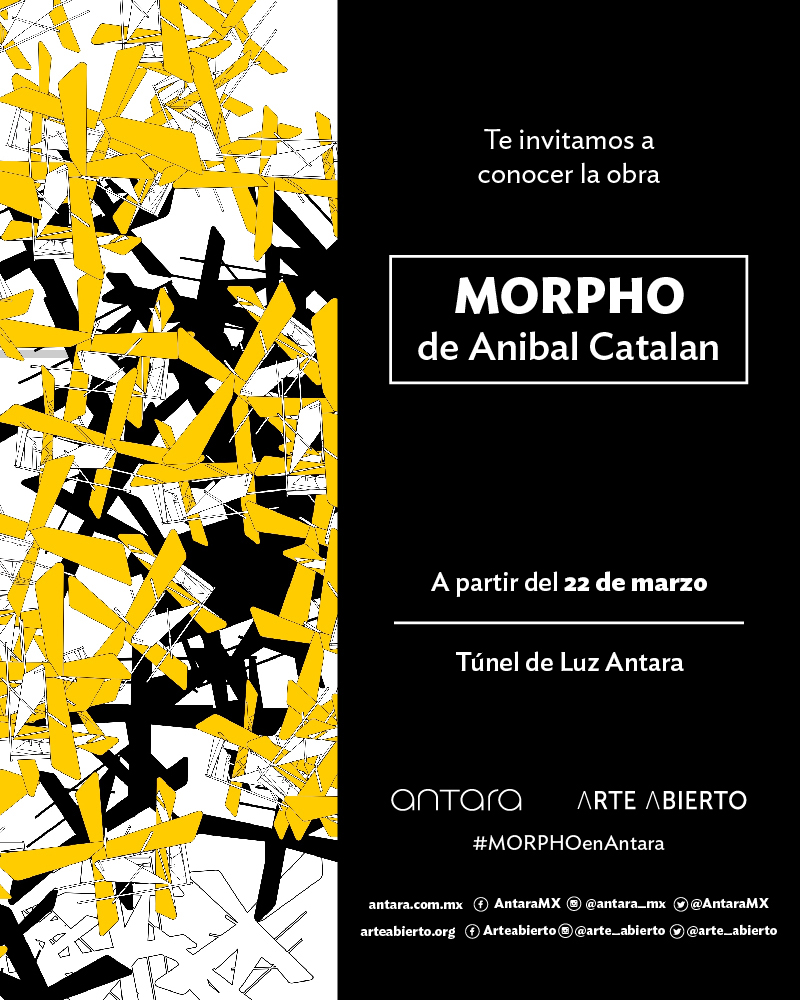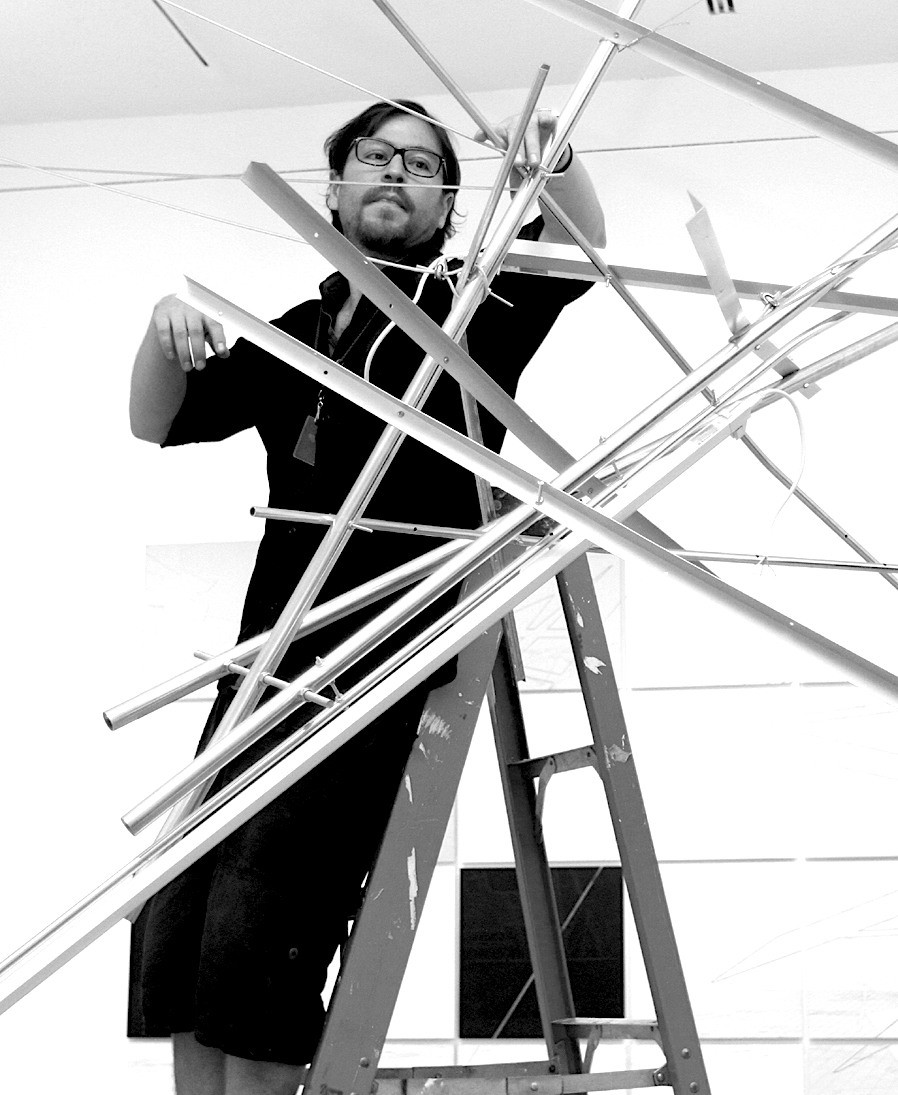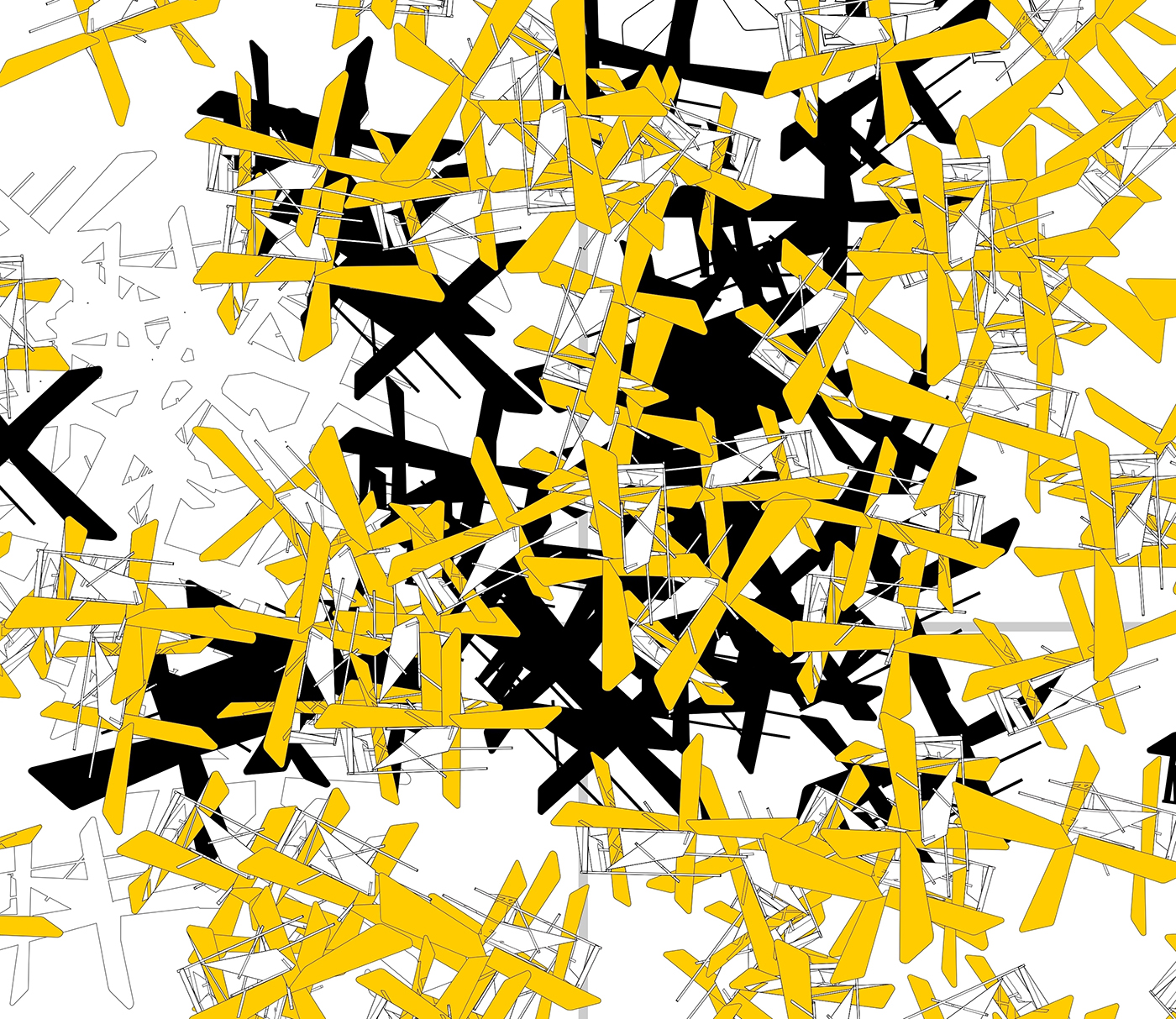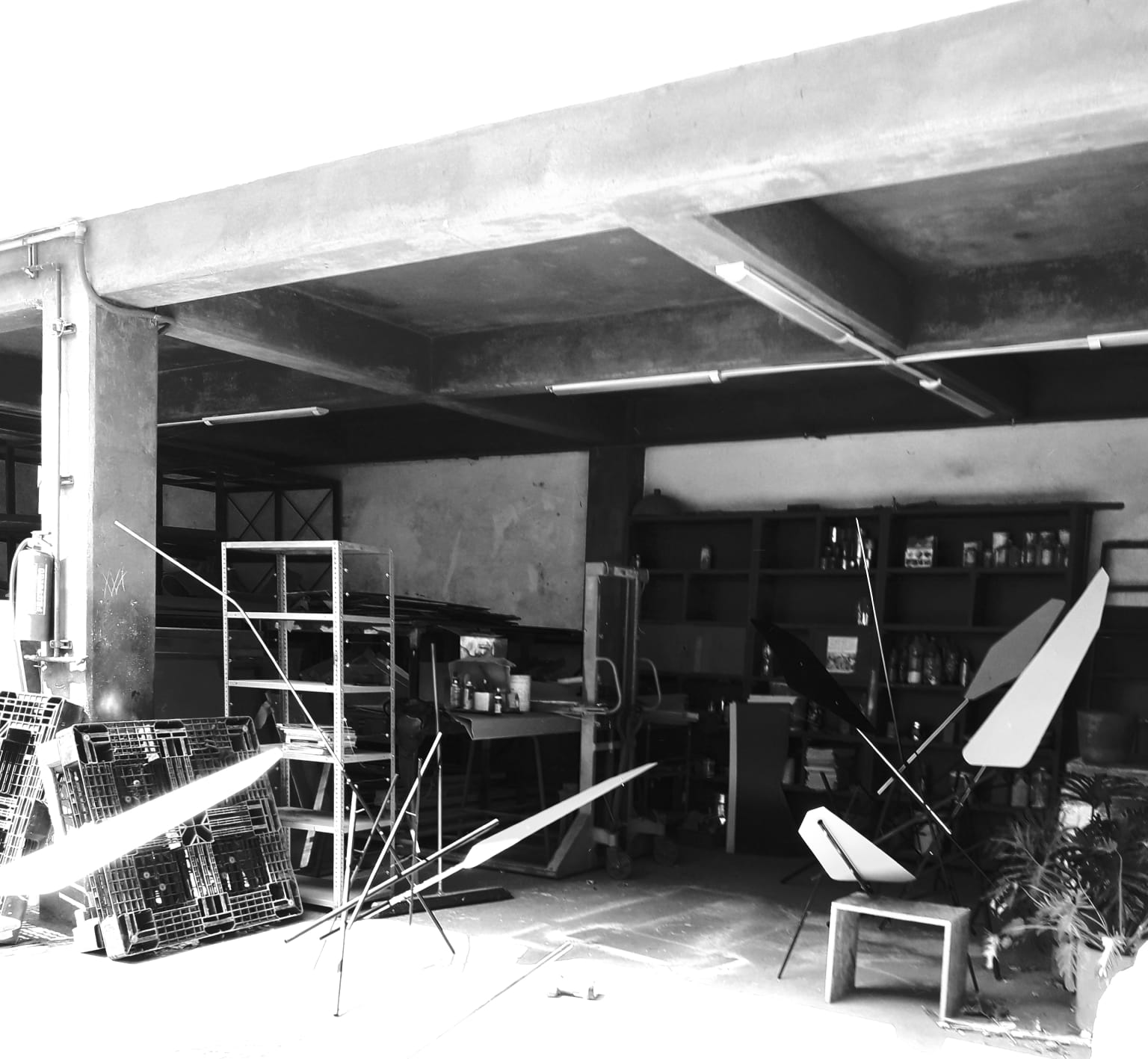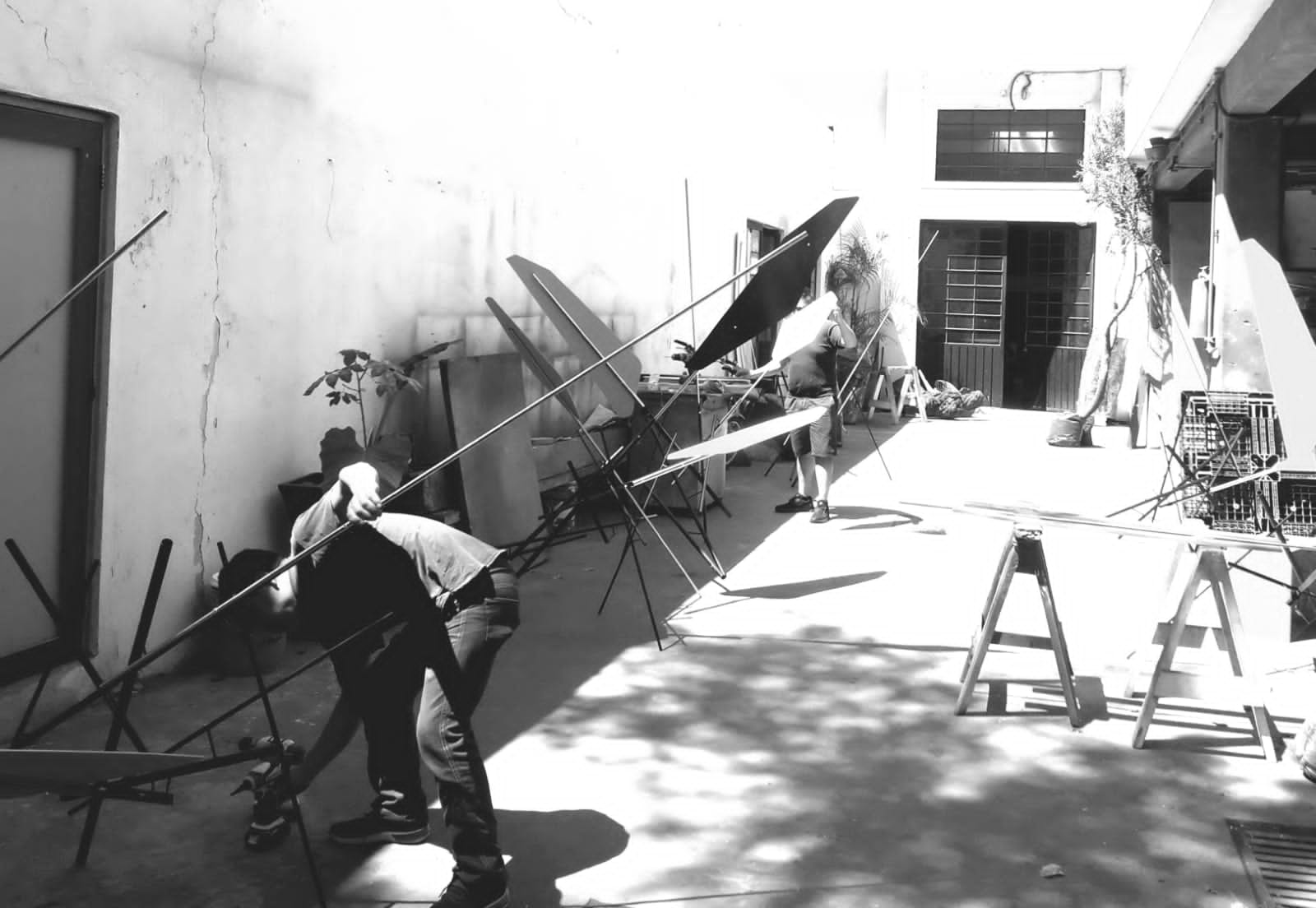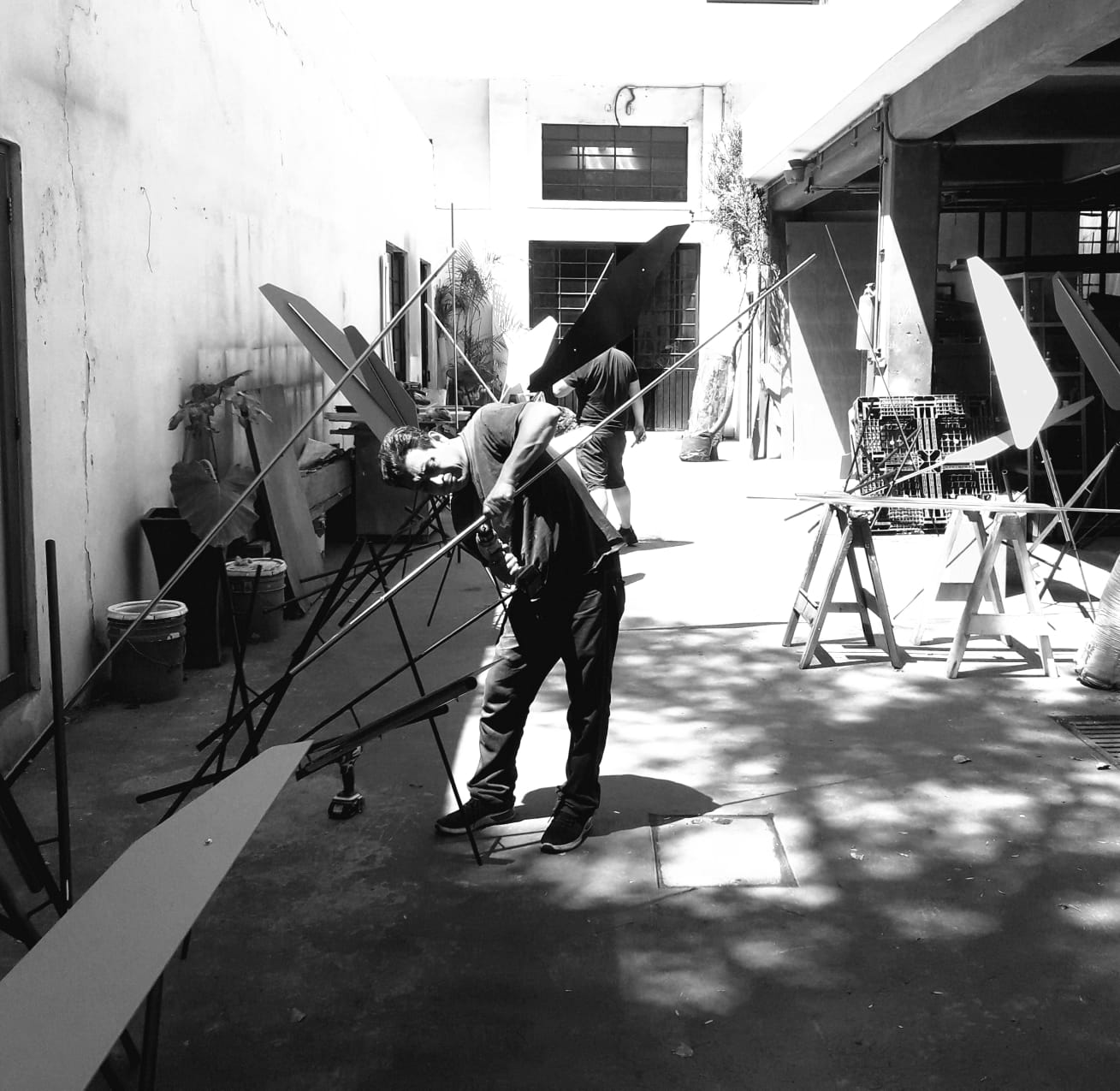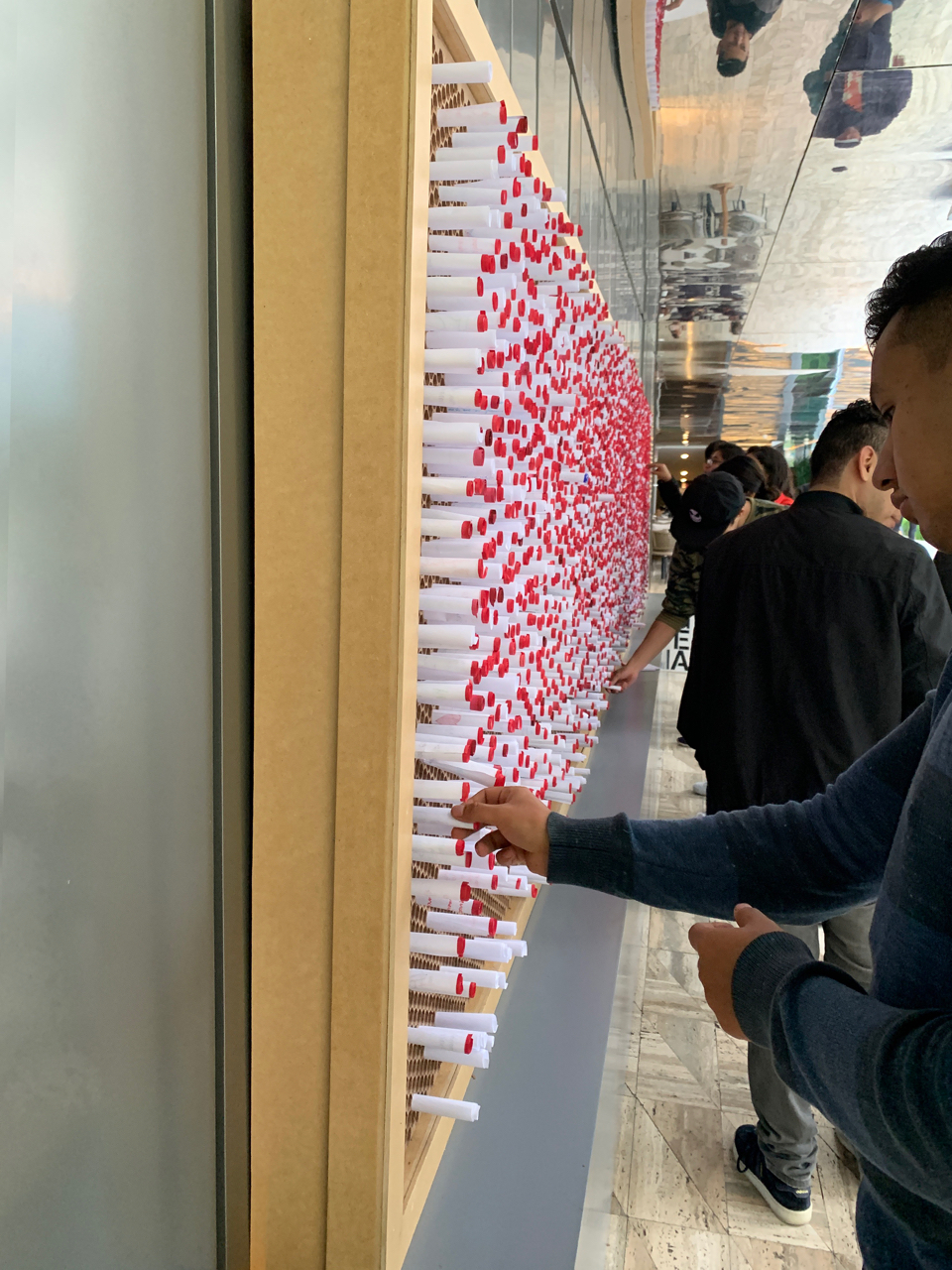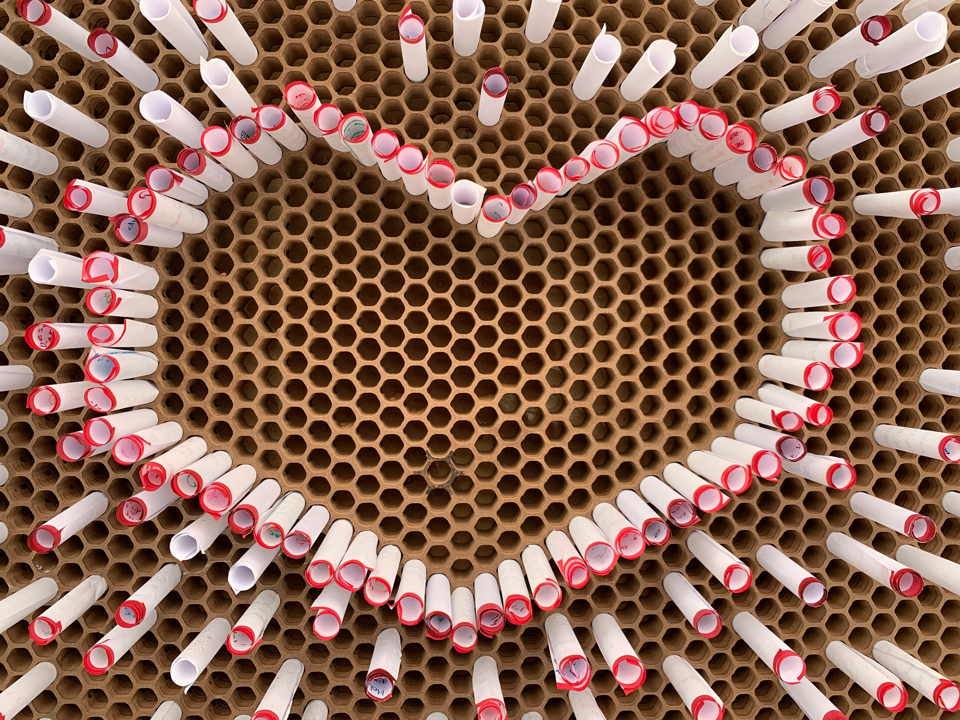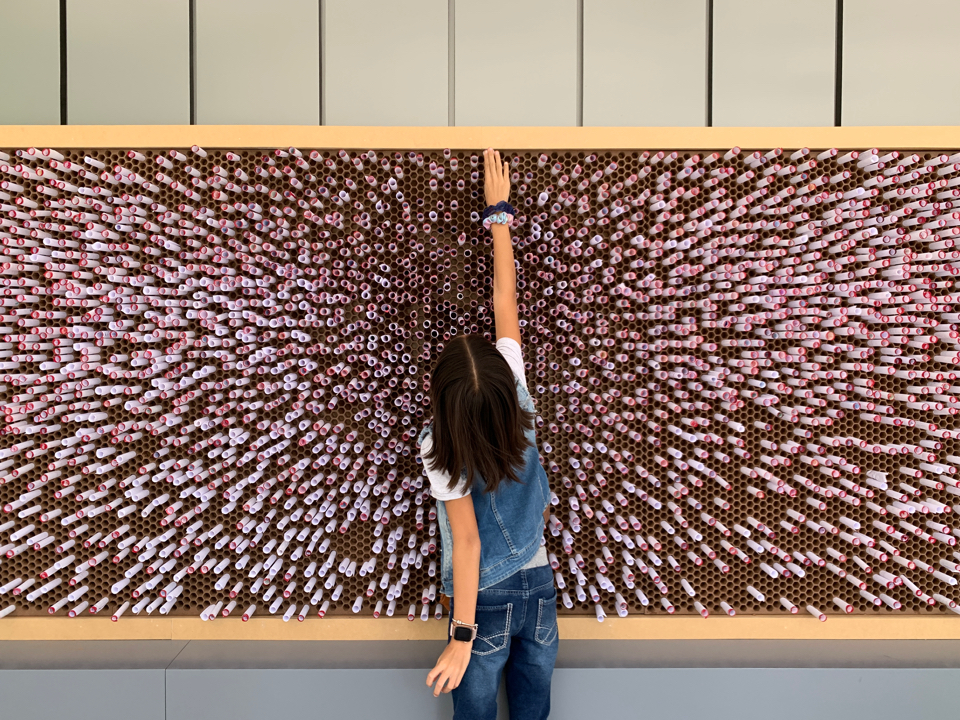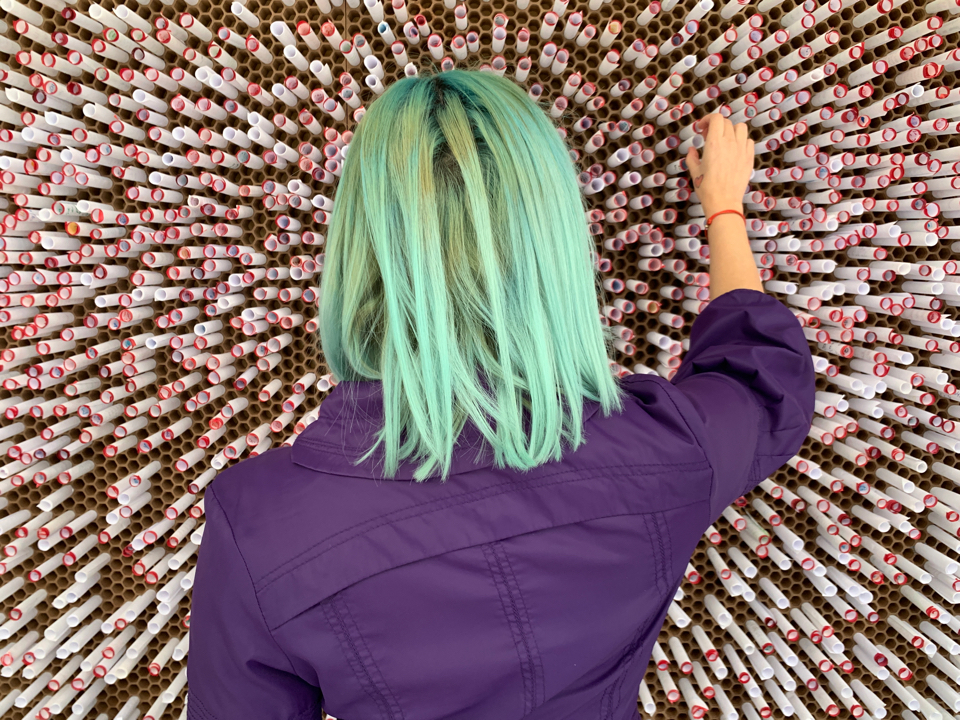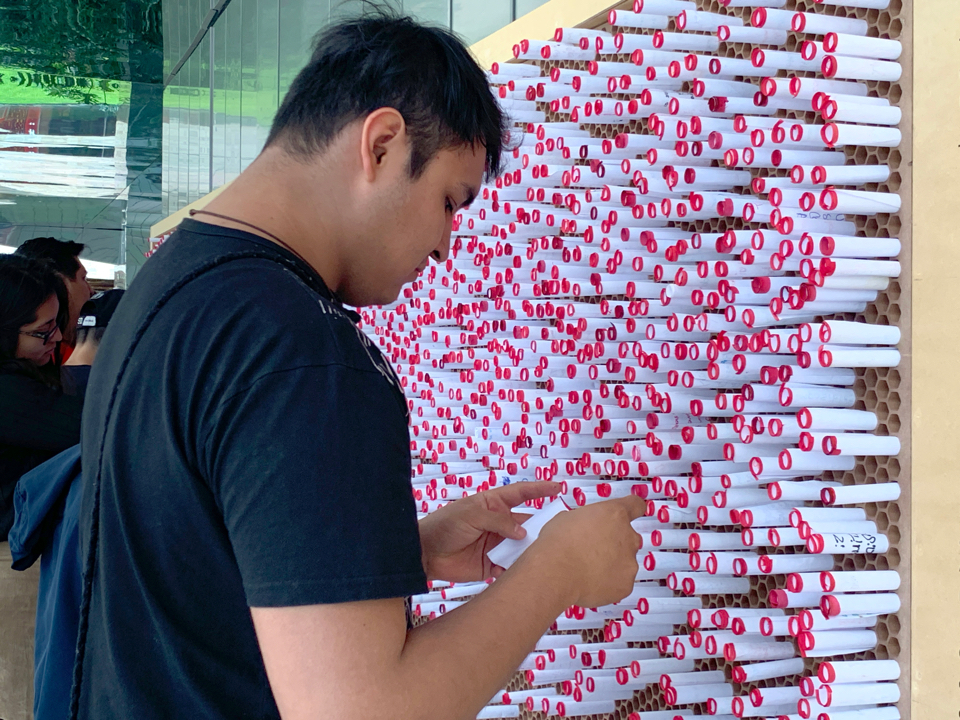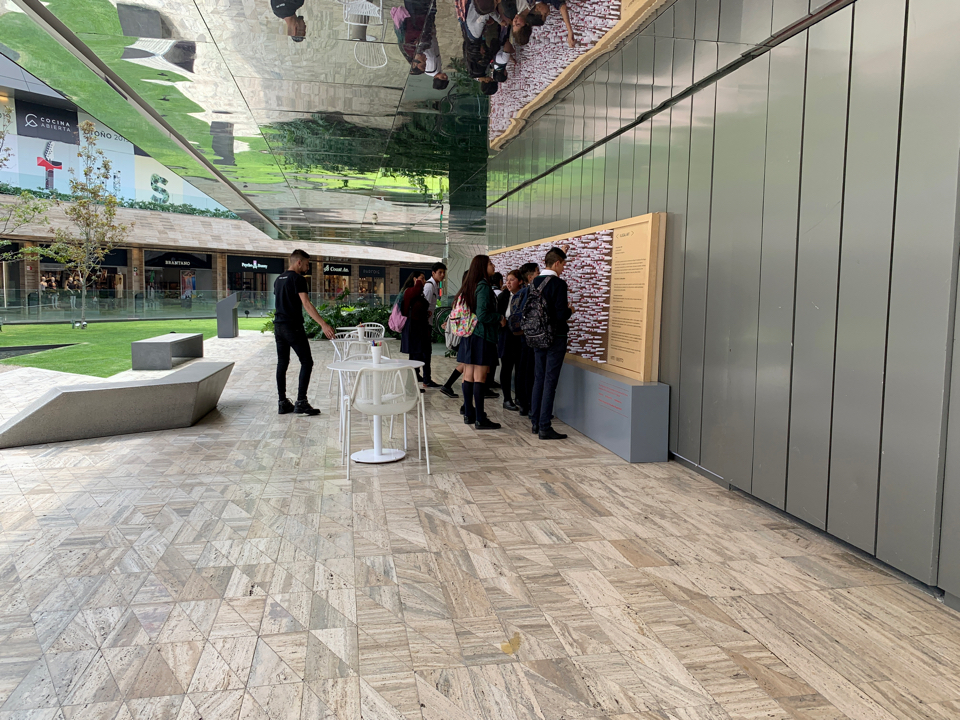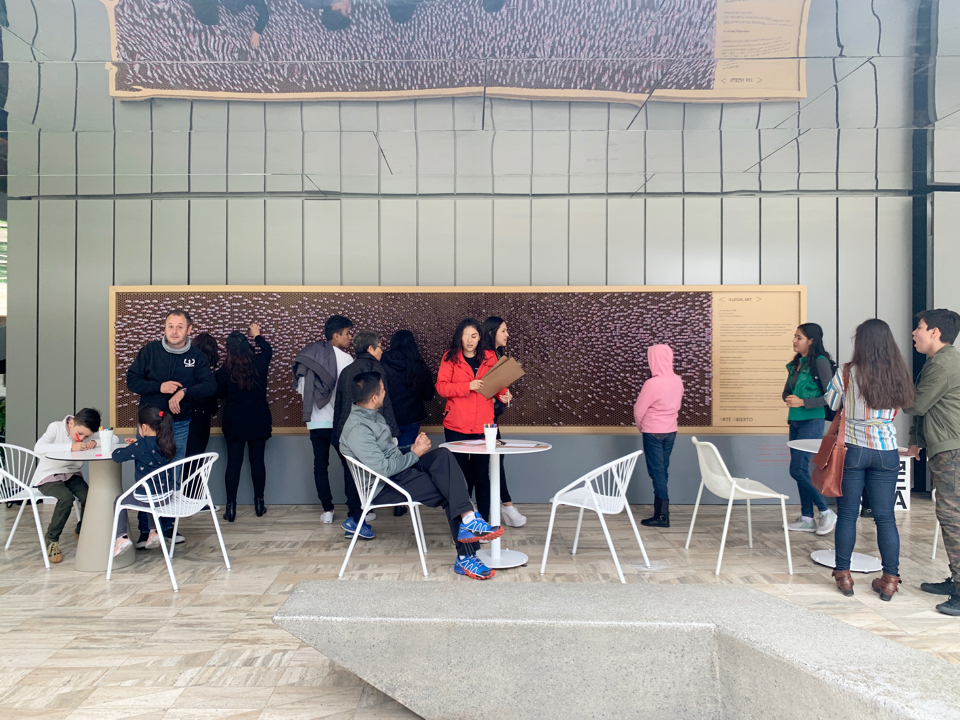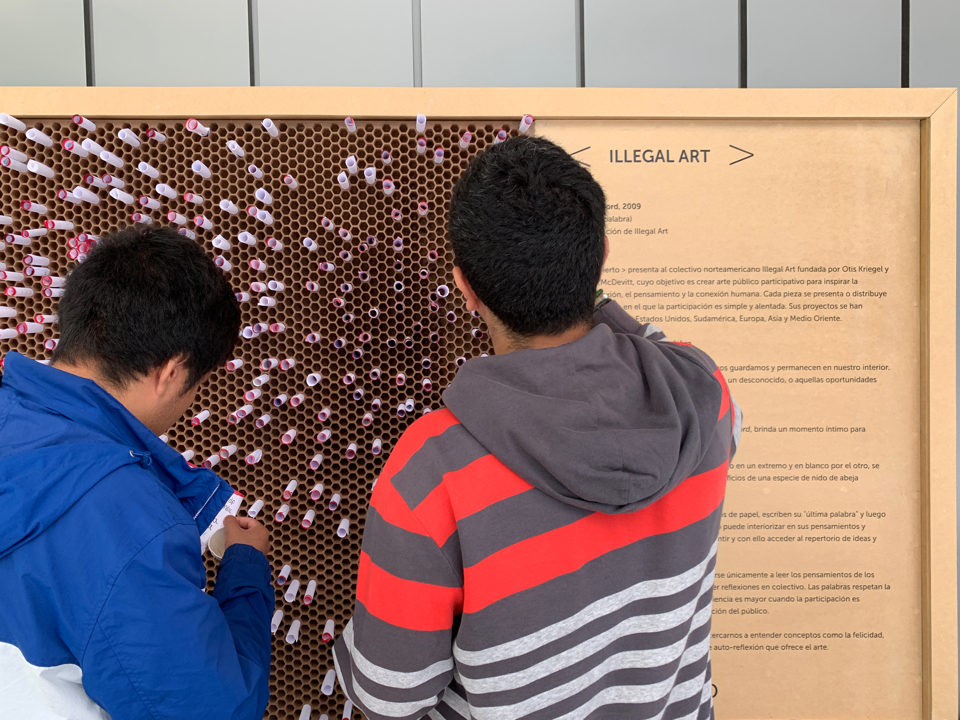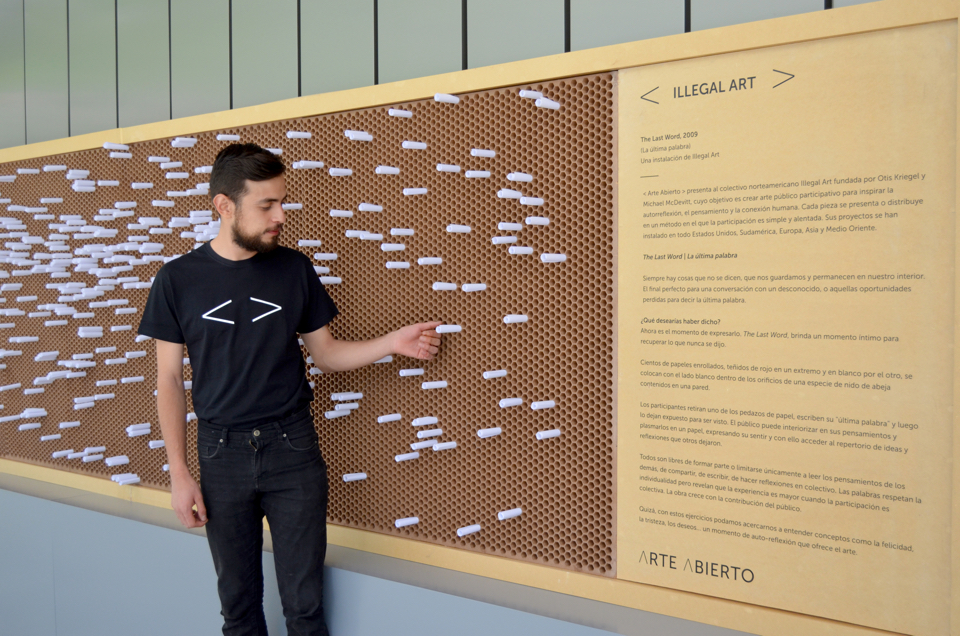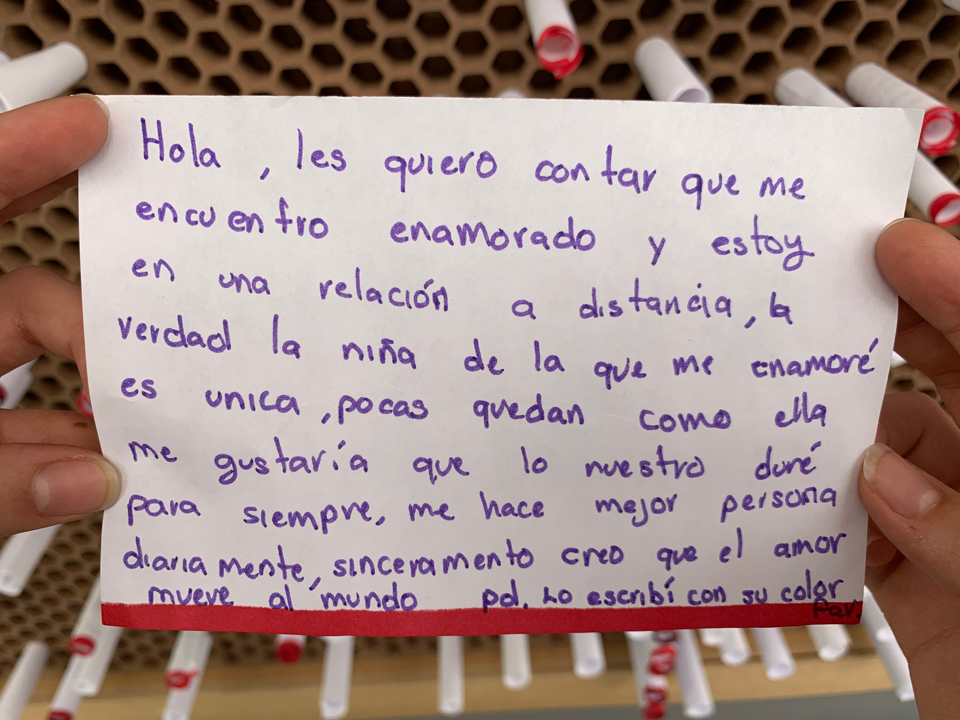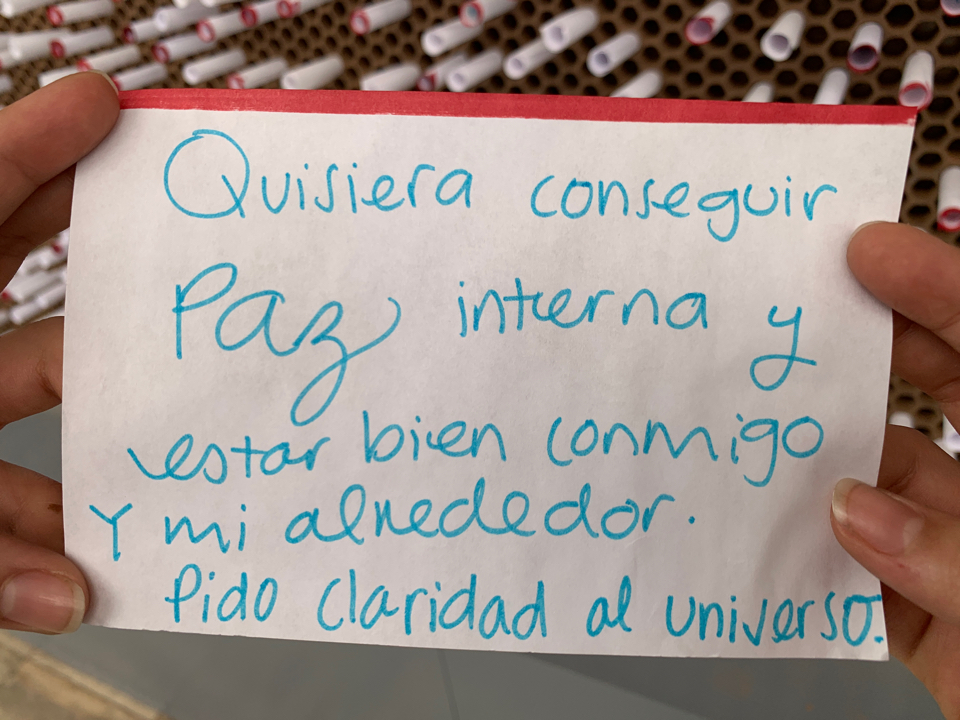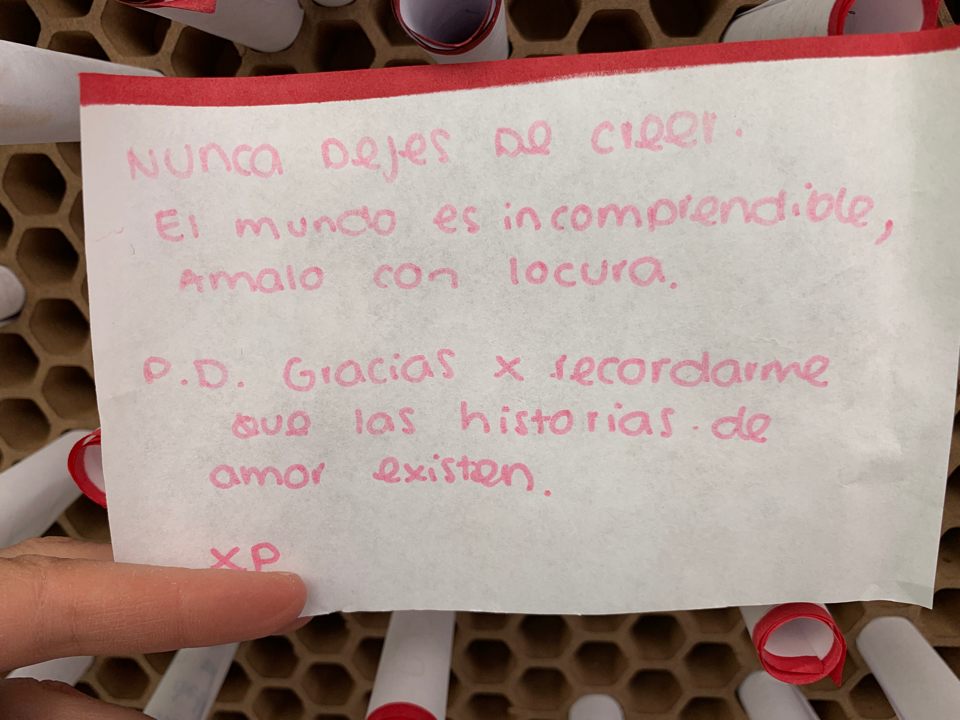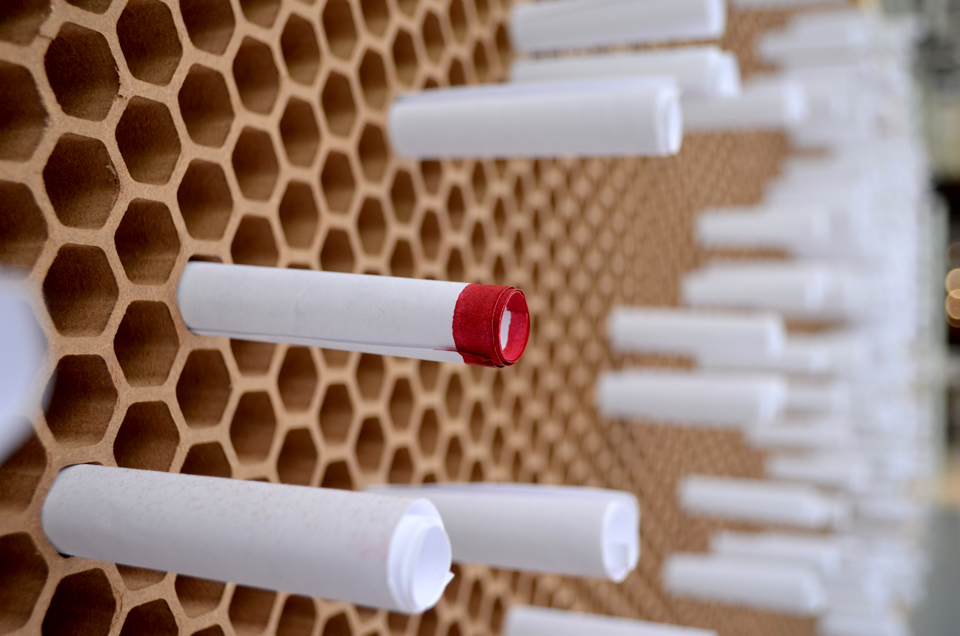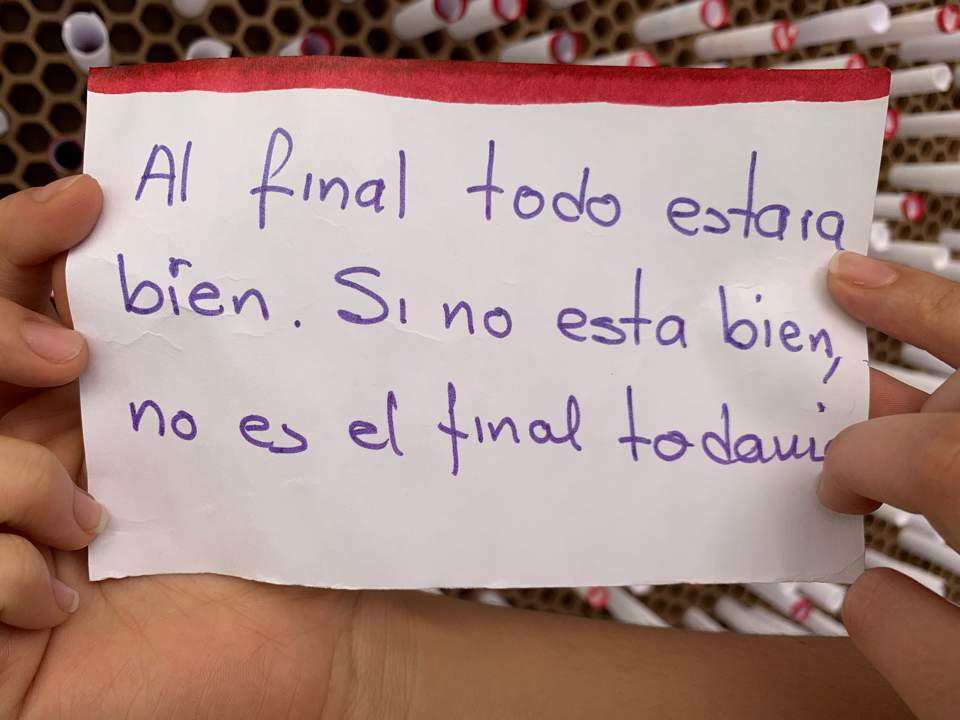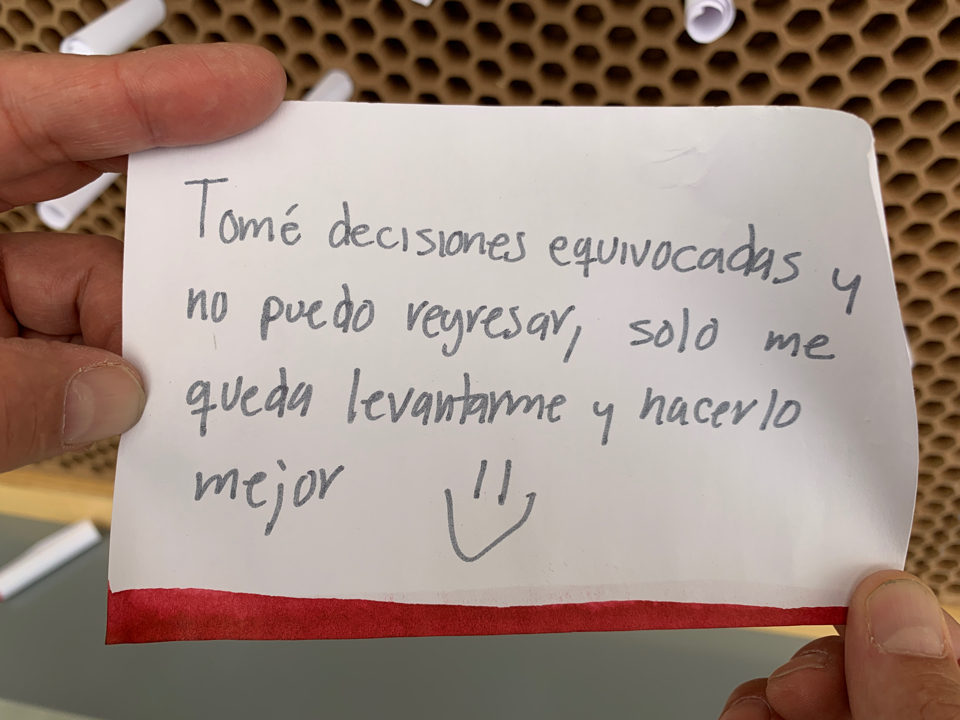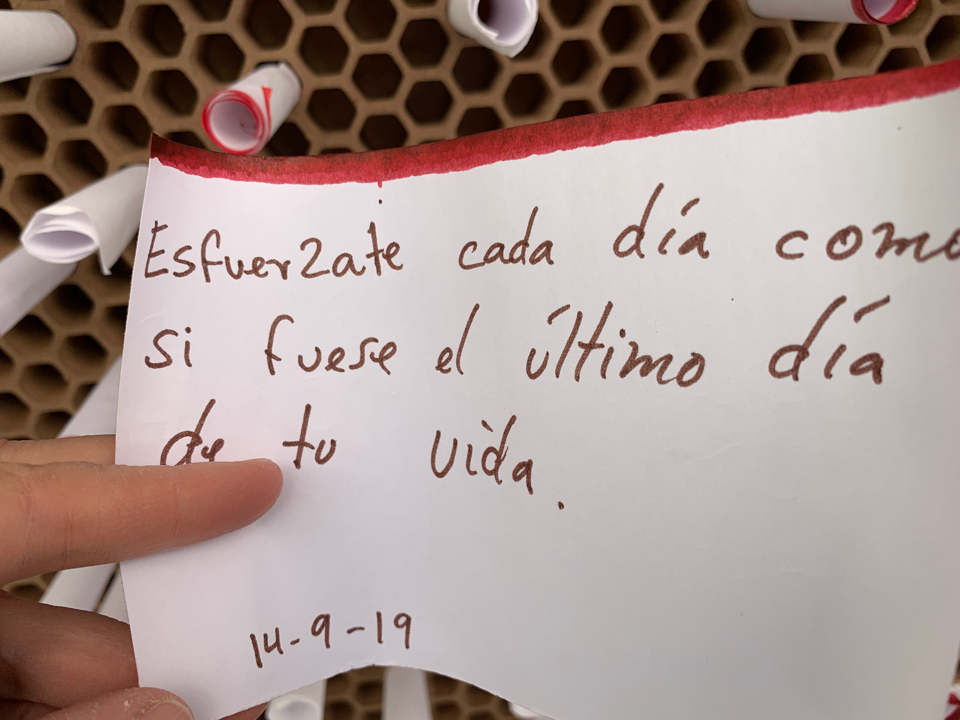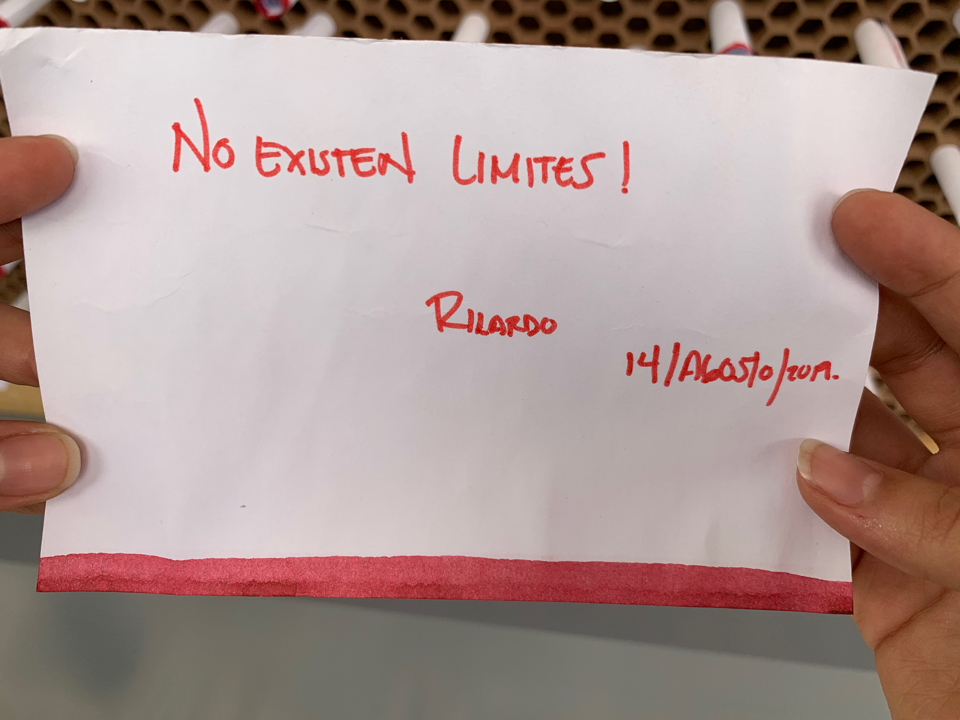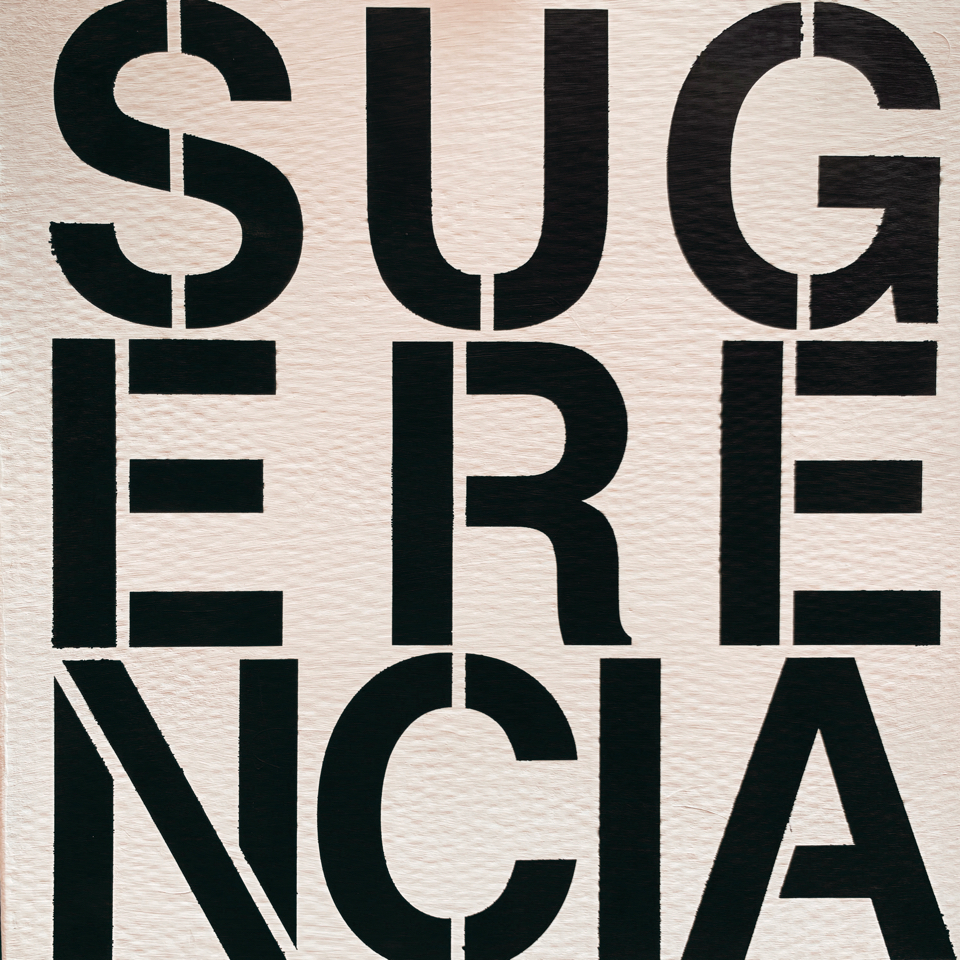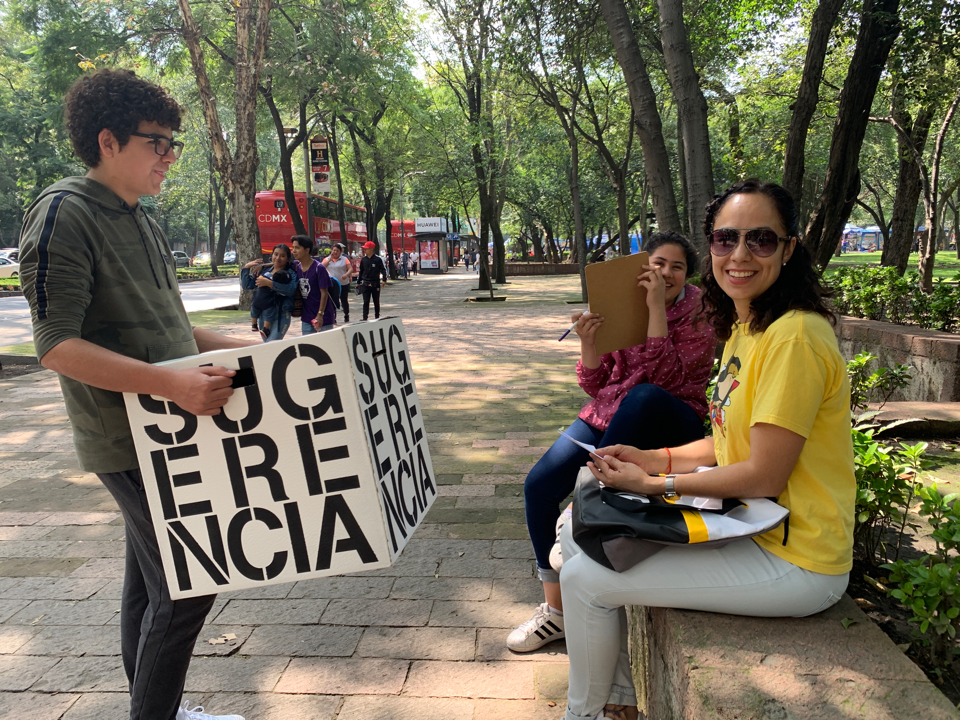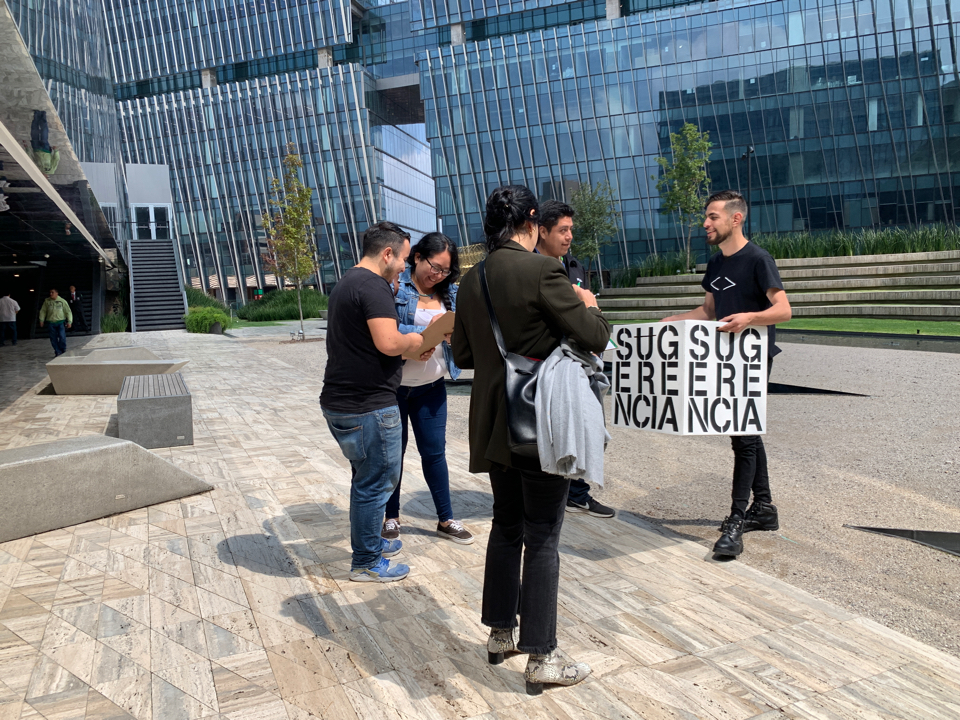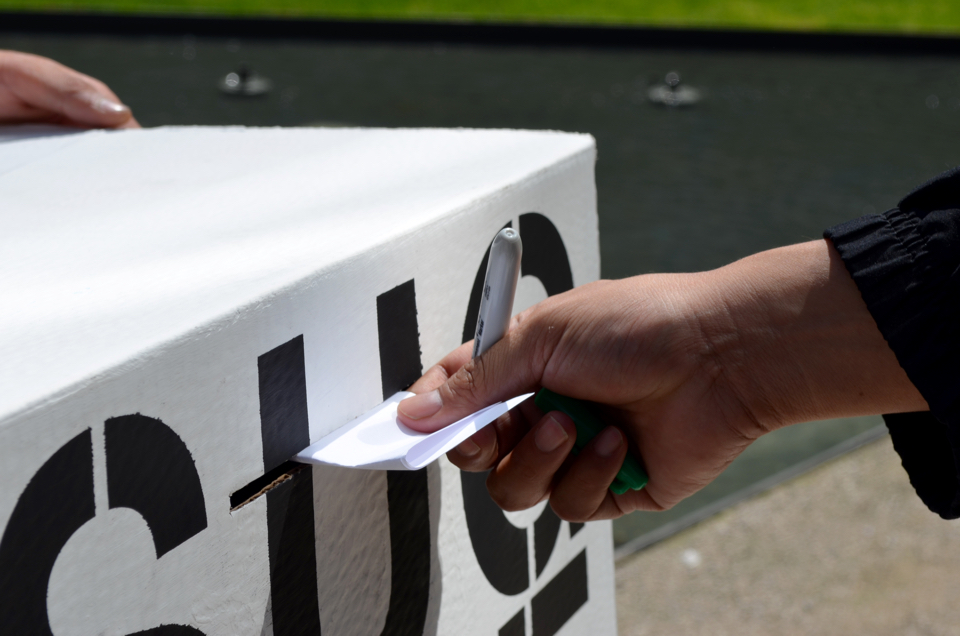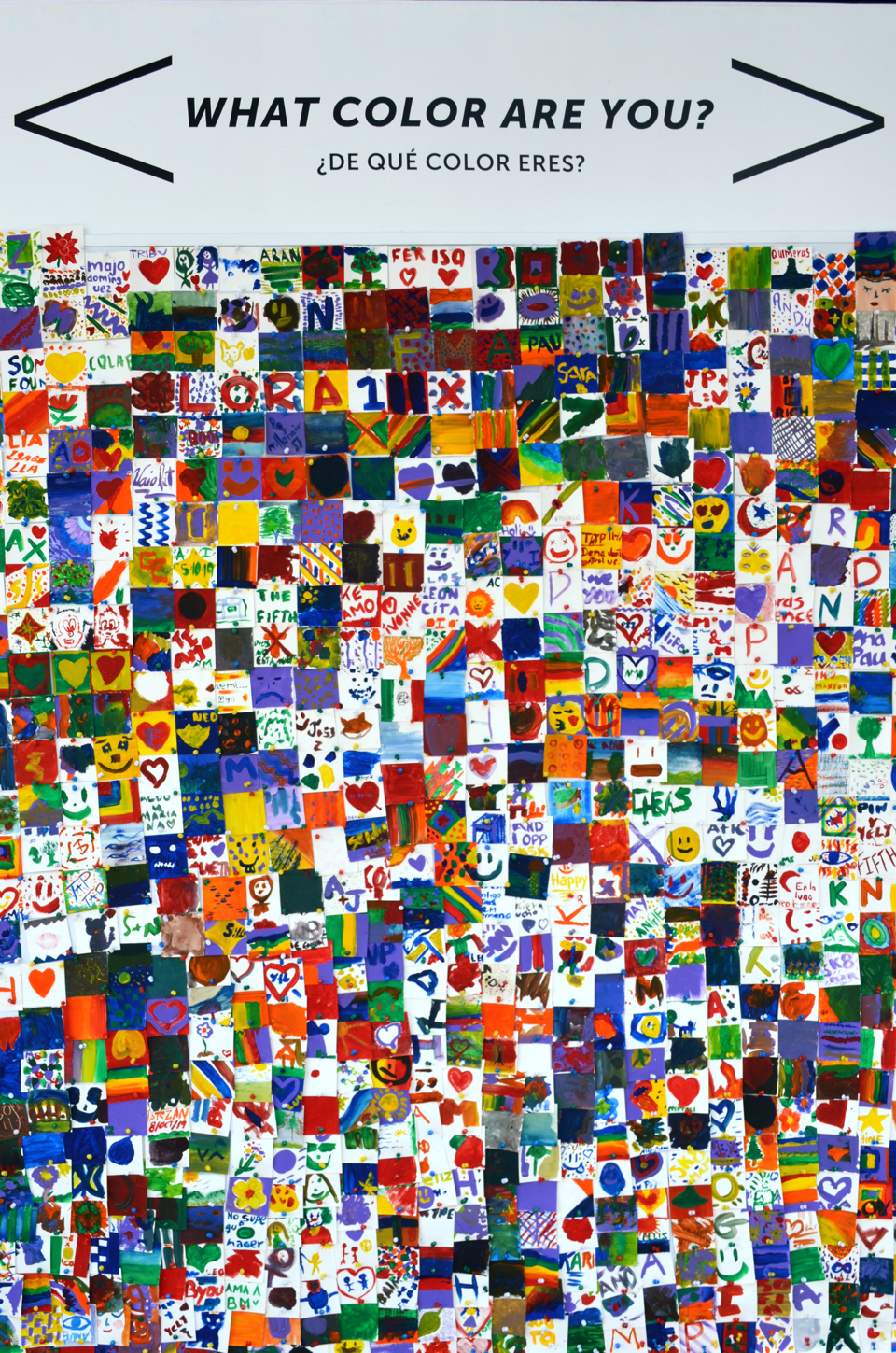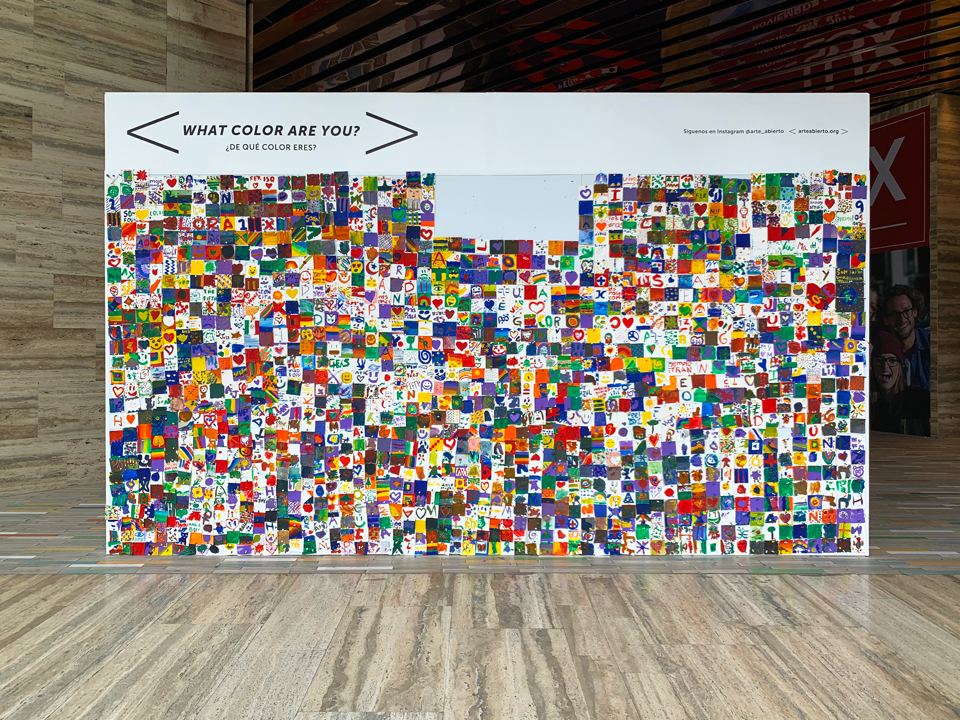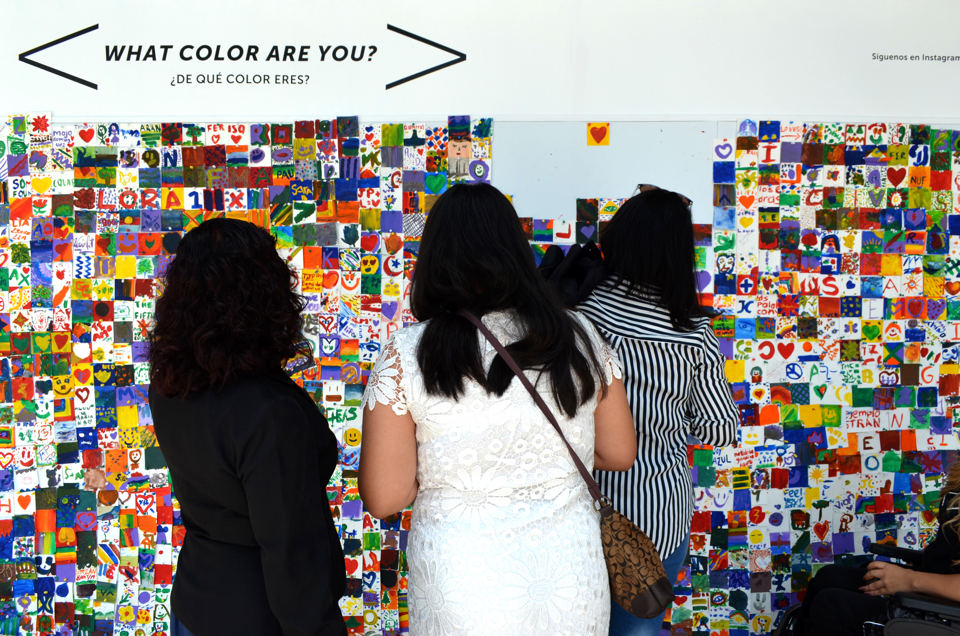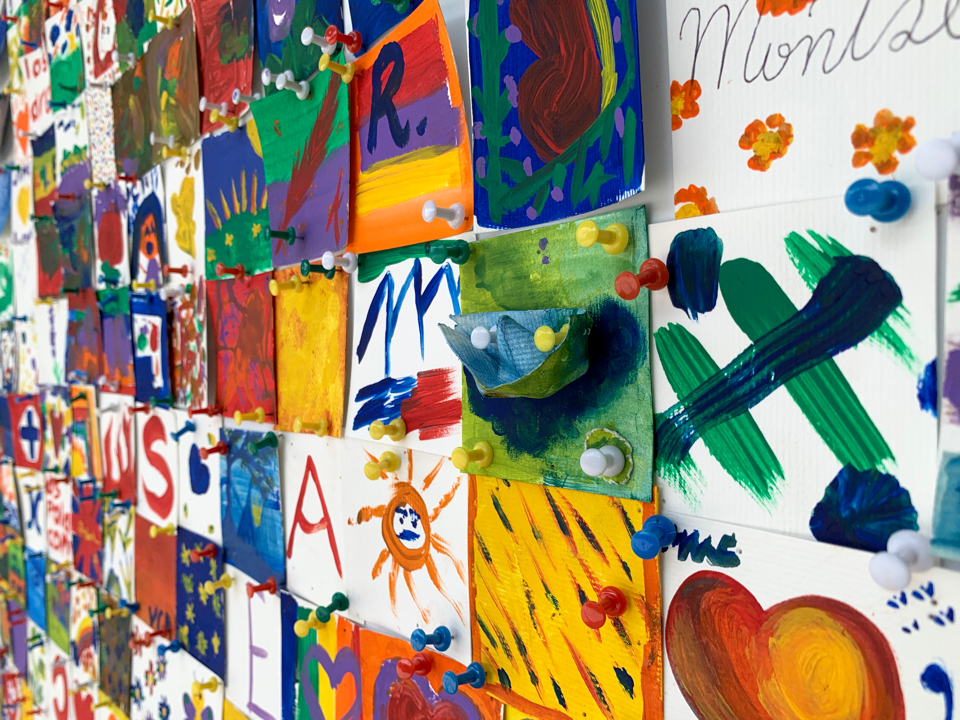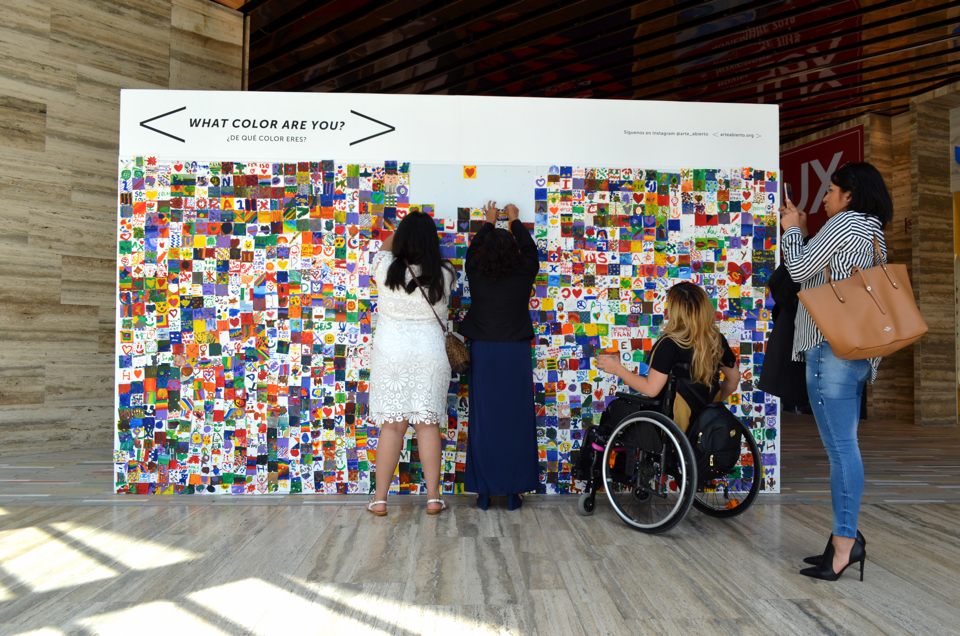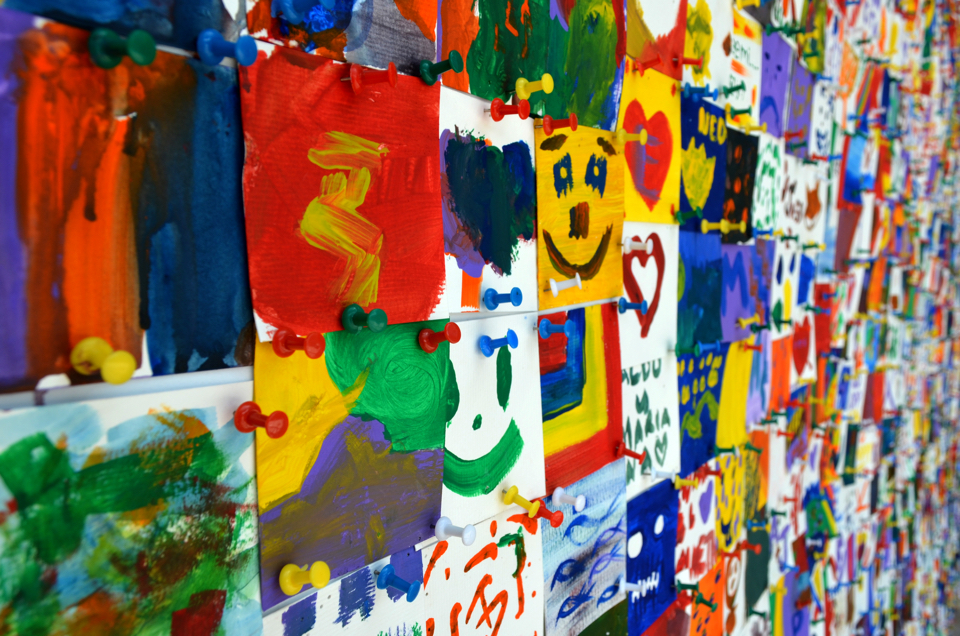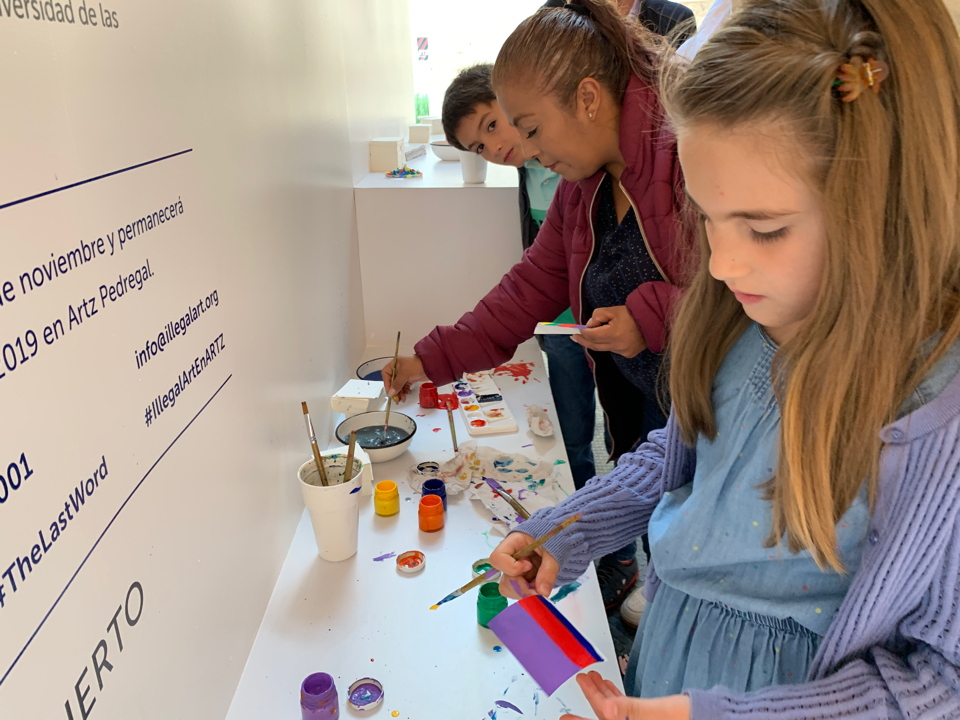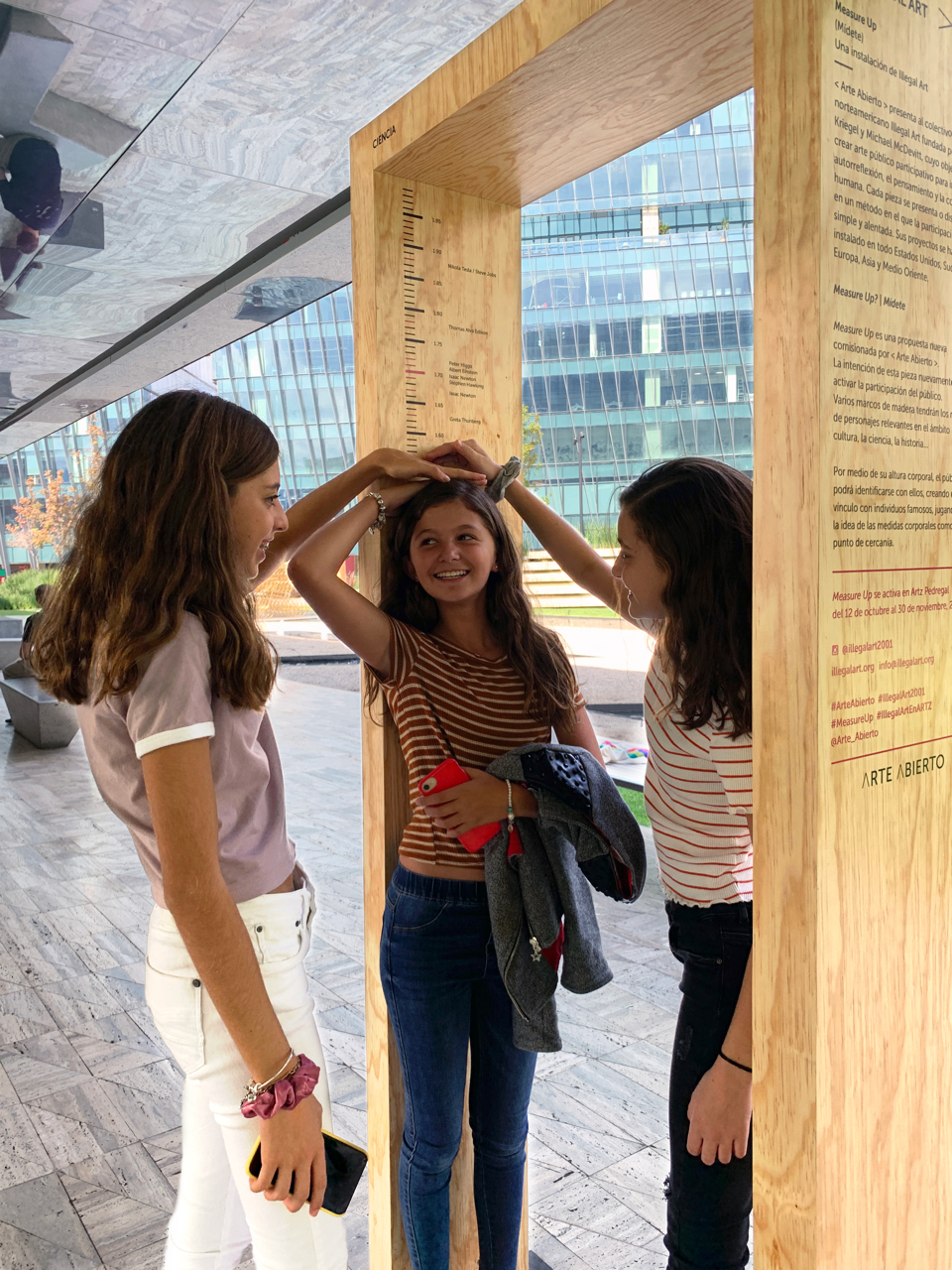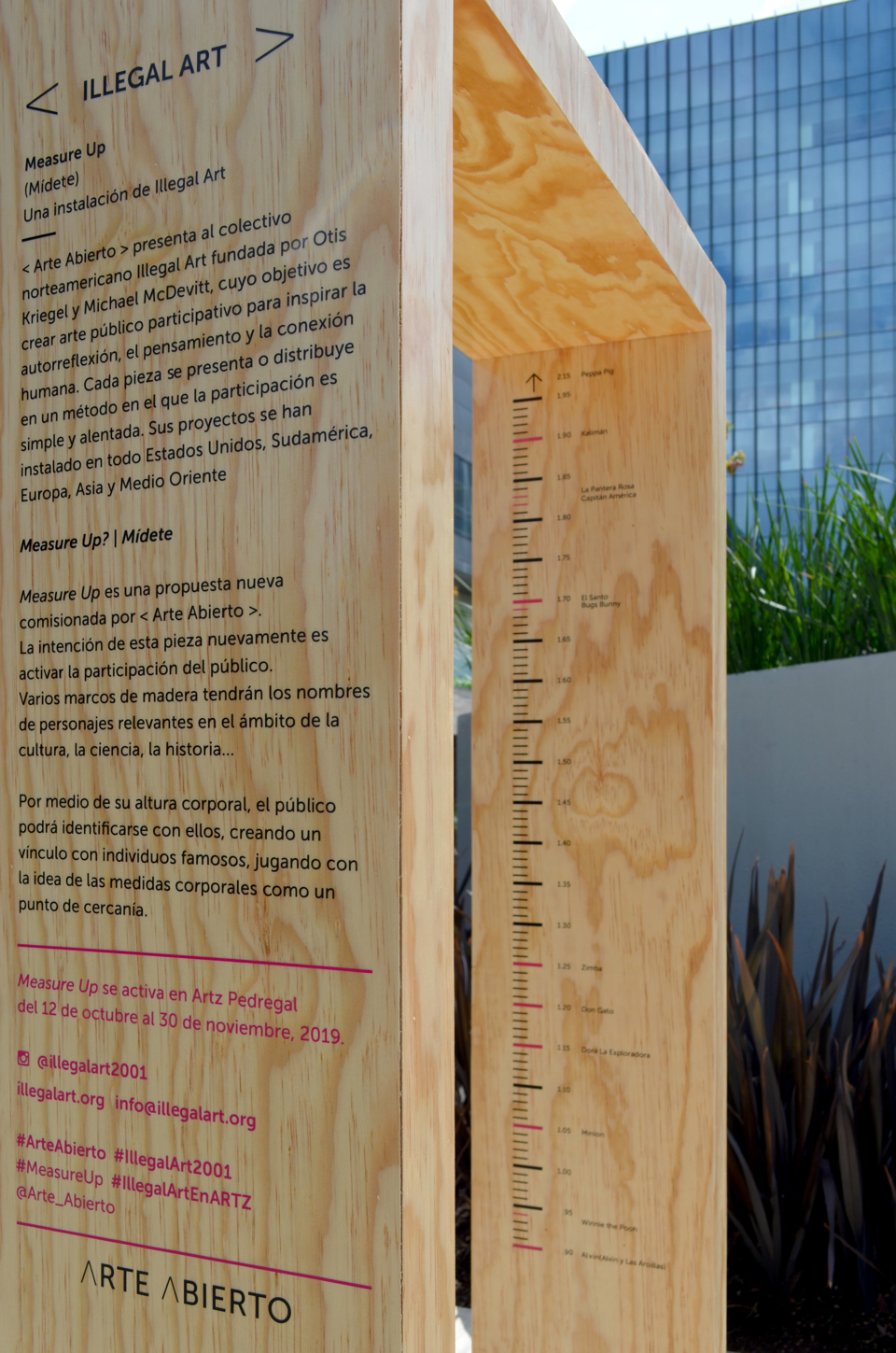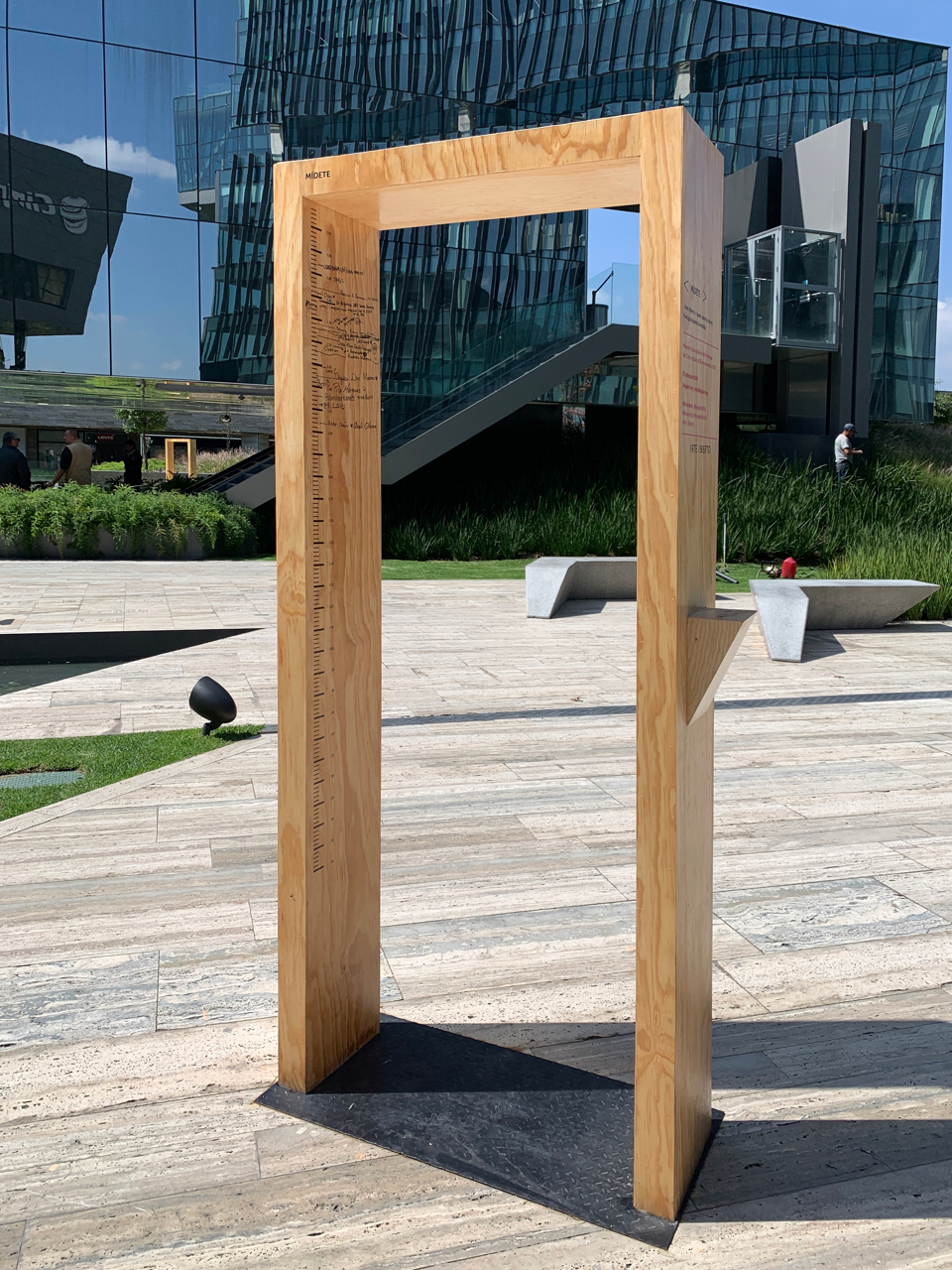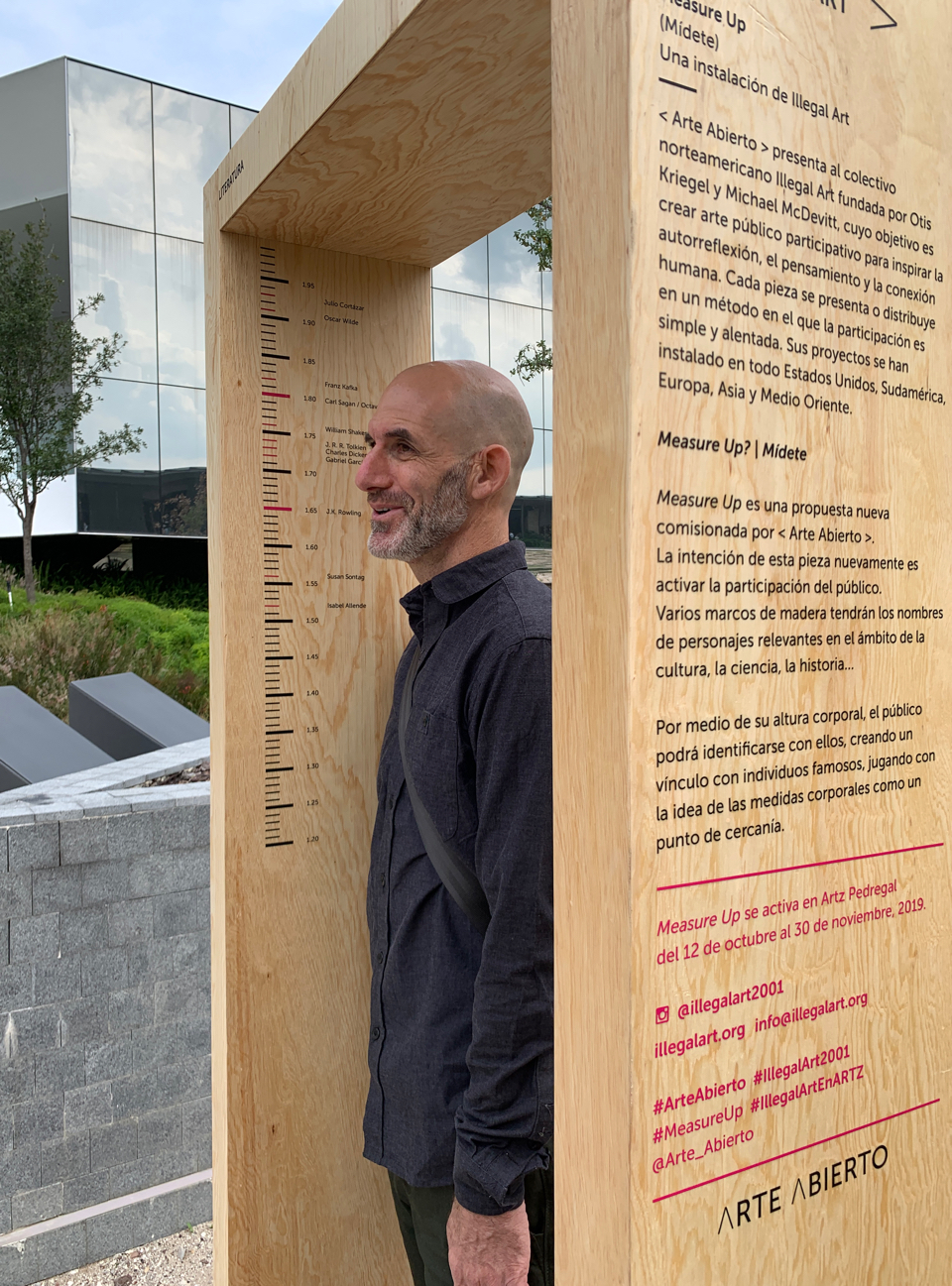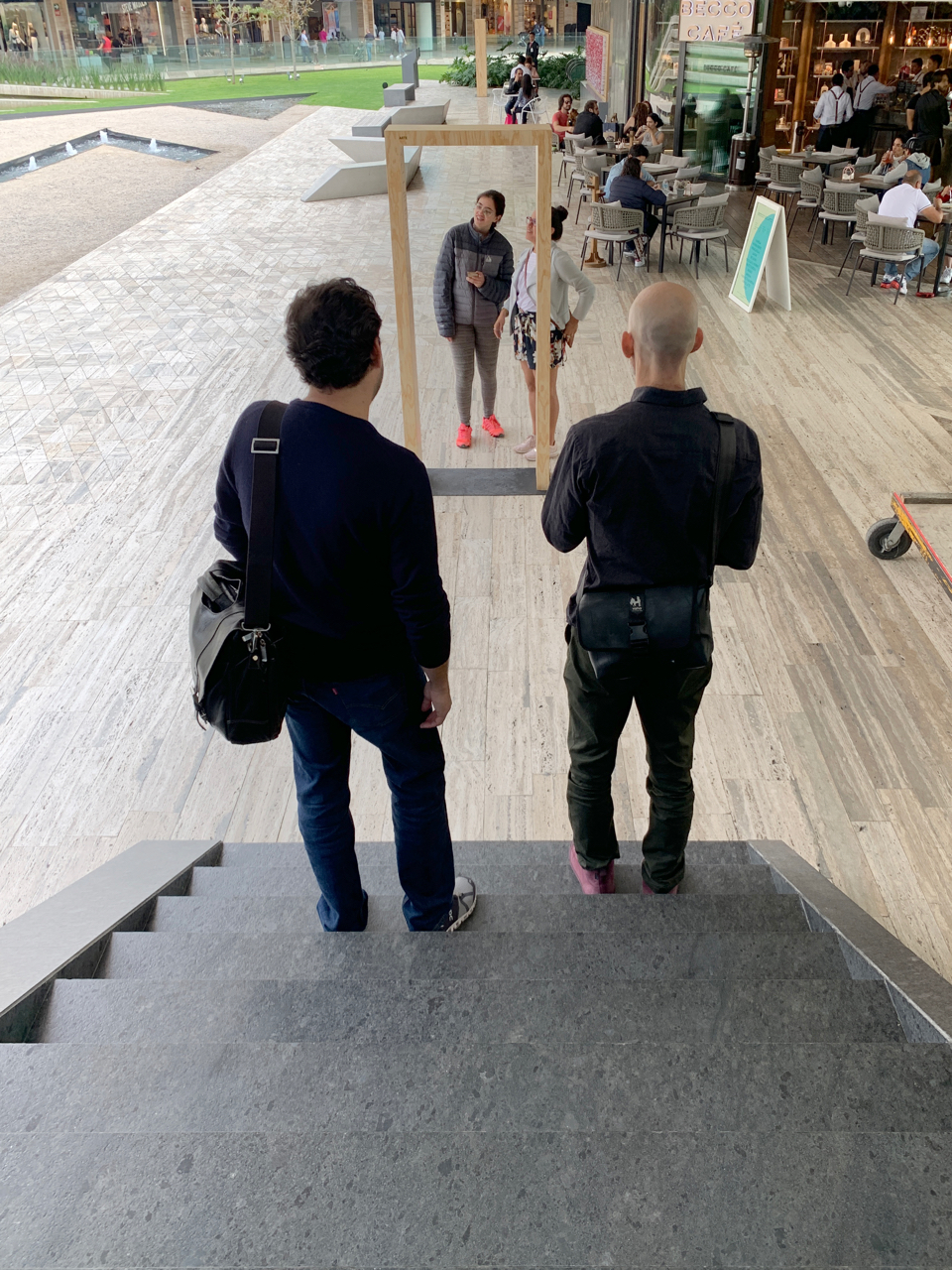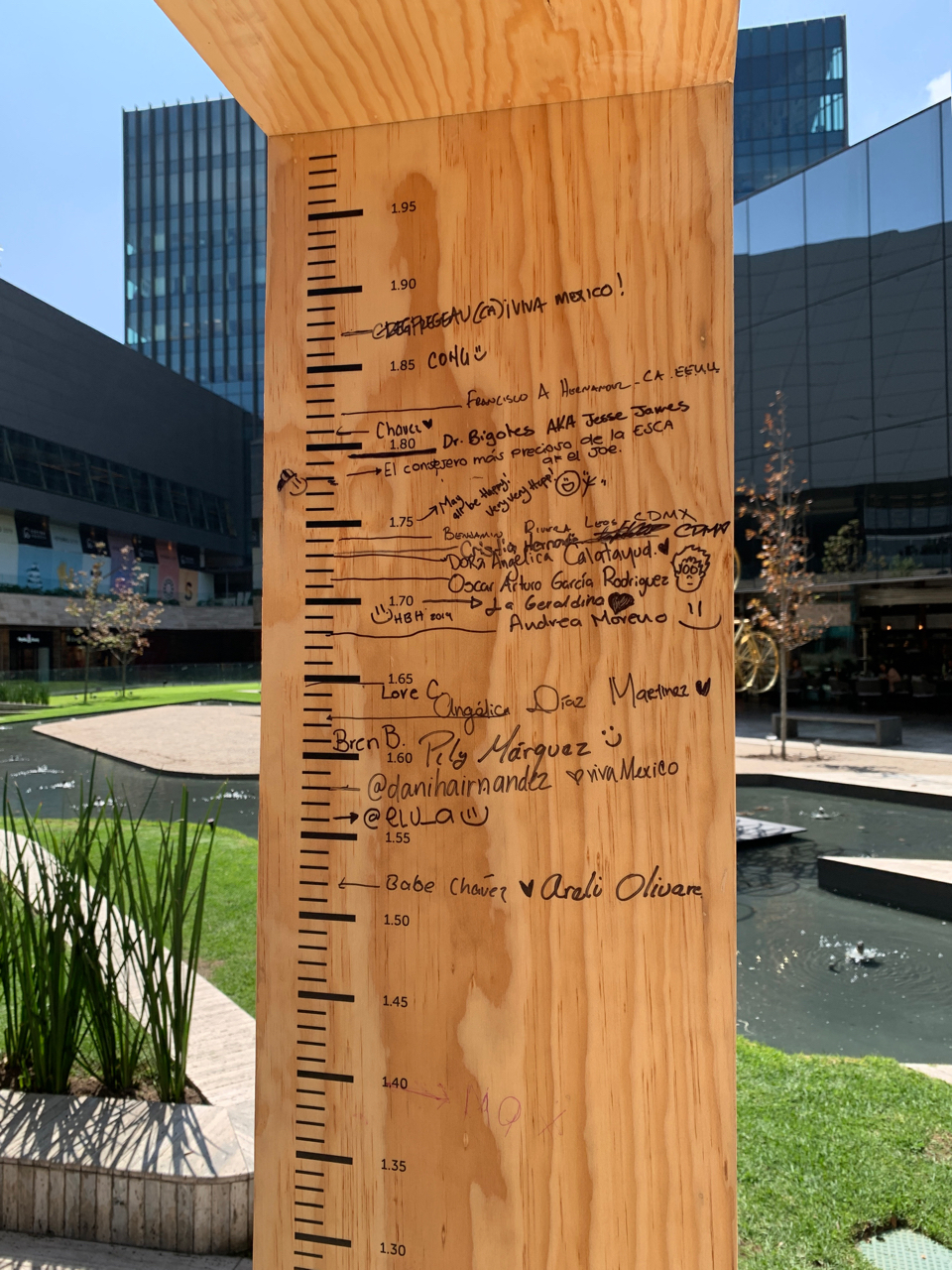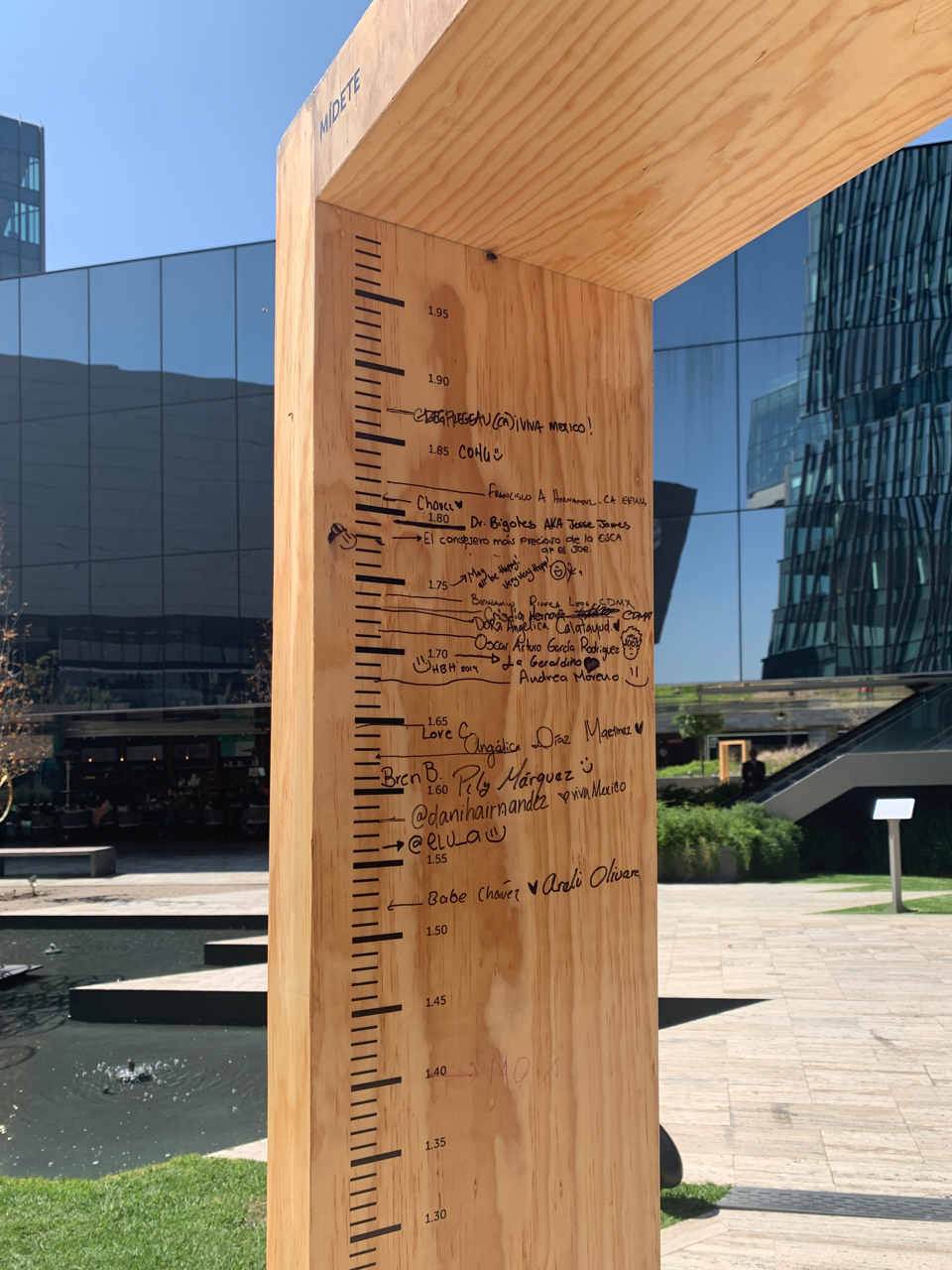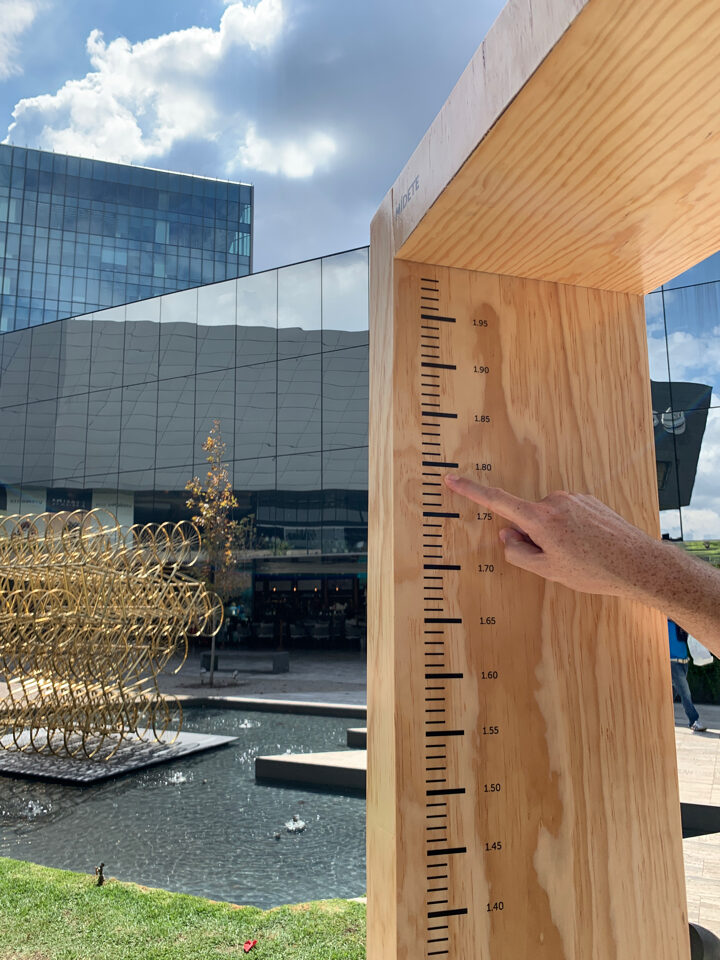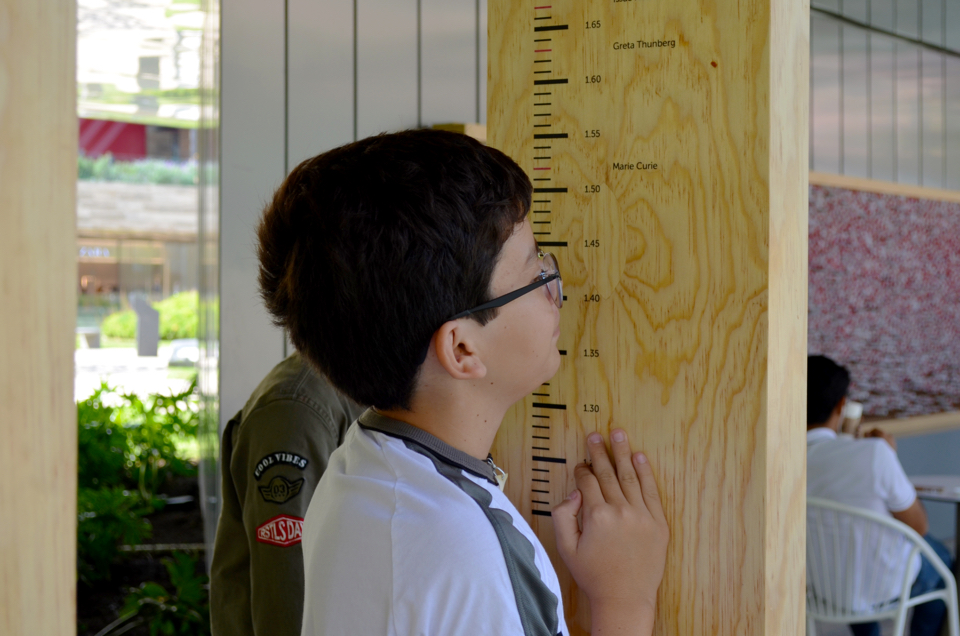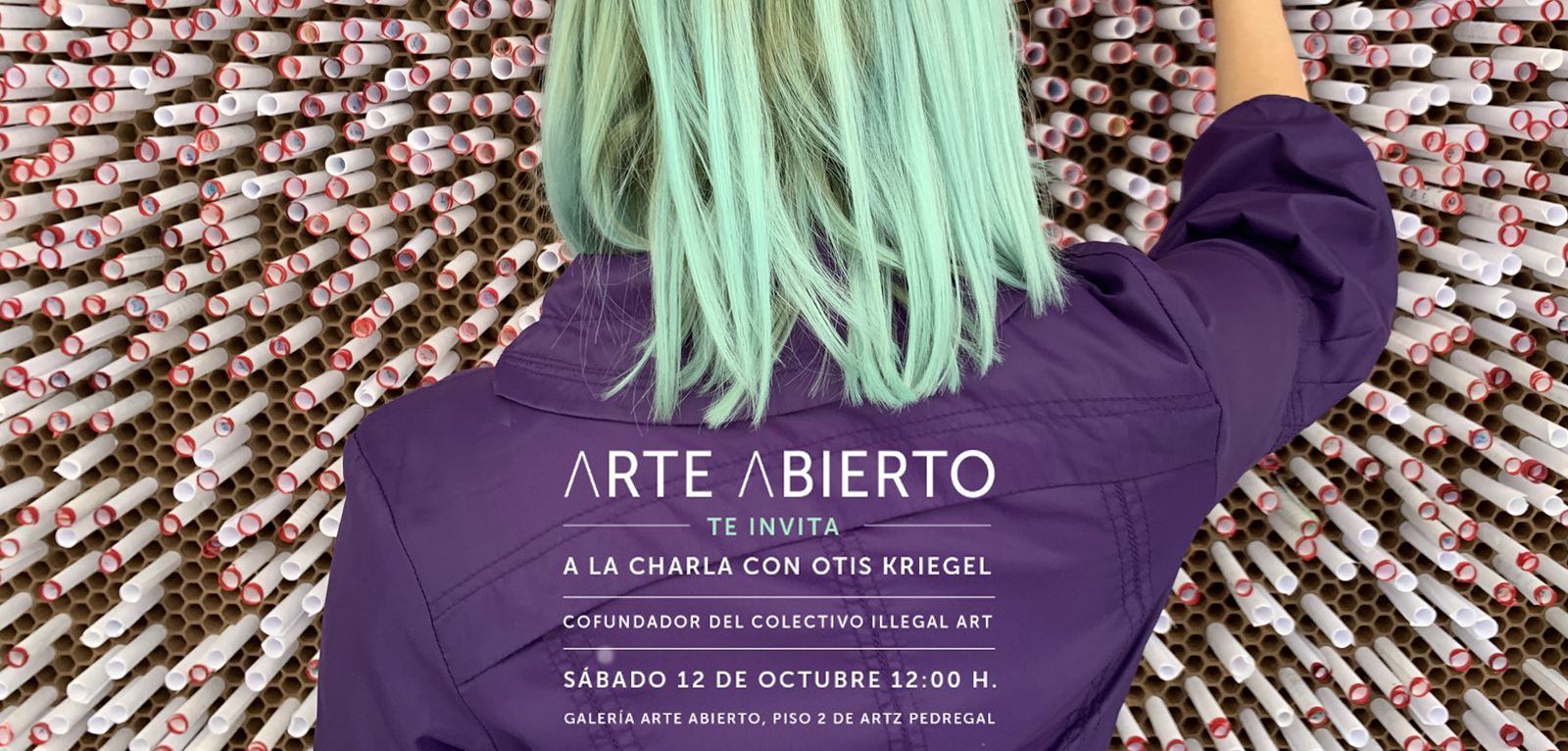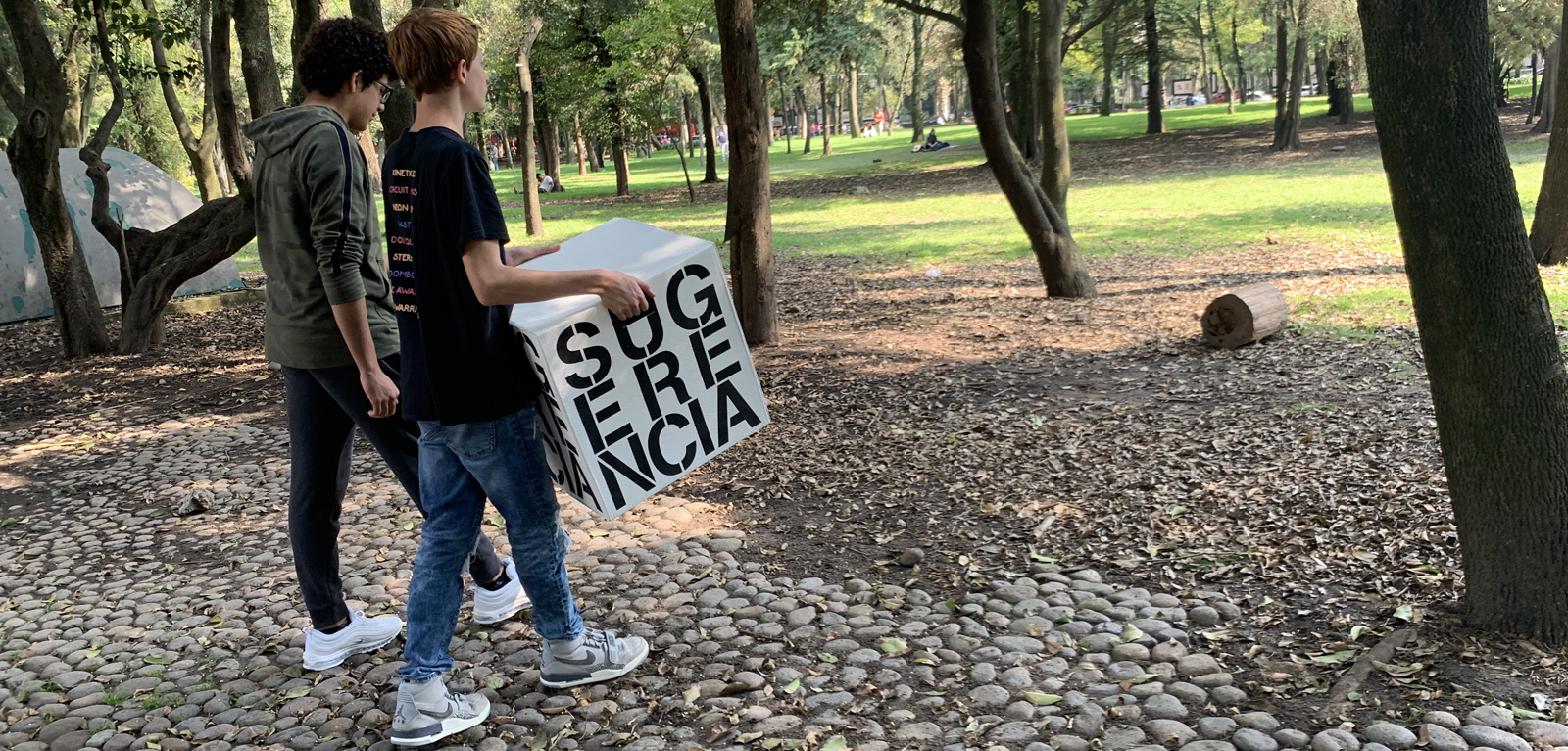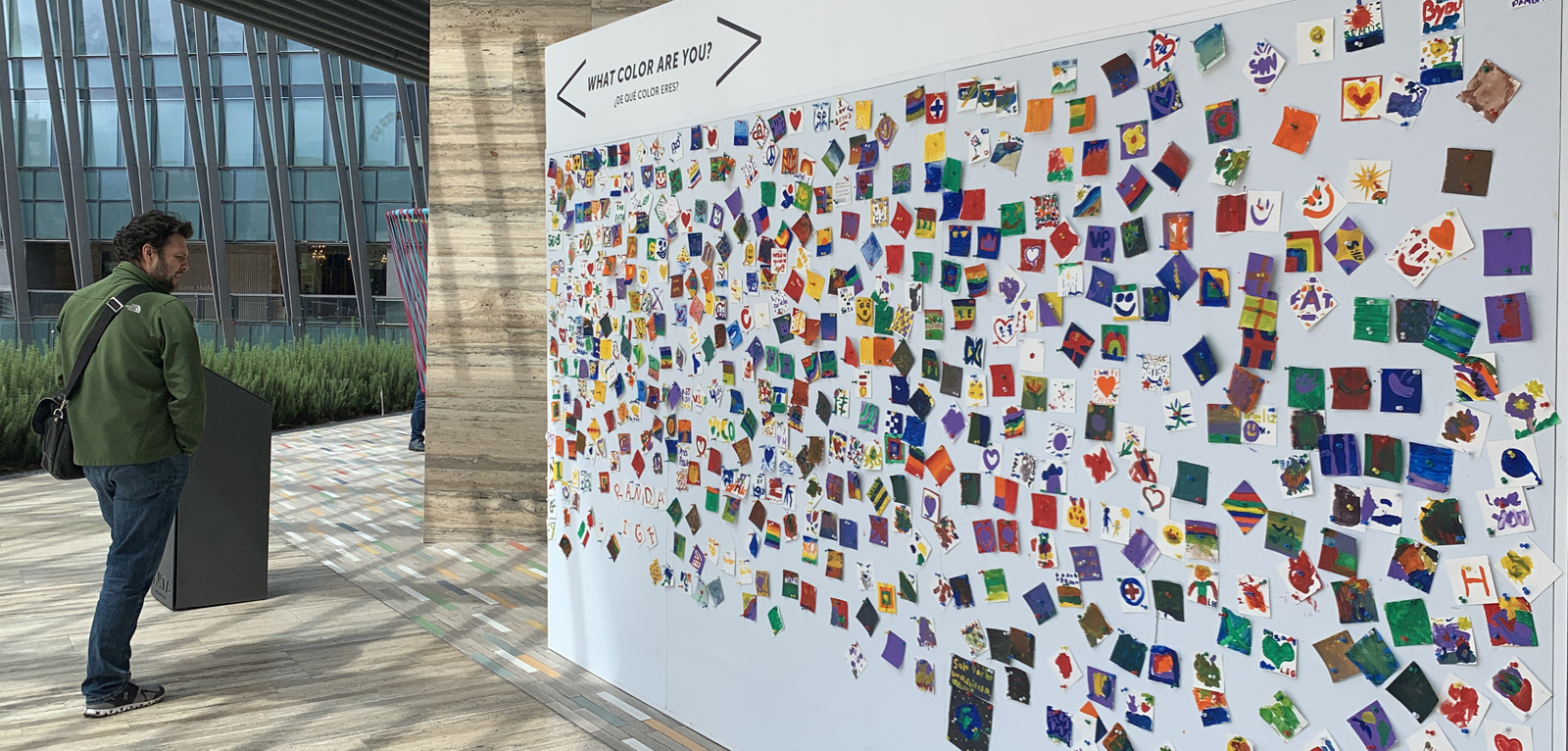14 Aug BALAM BARTOLOMÉ – DERIVAS DE ARTE Y ARQUITECTURA 🗓 🗺
Visiones del Altépetl caído: Un relato de Tlatelolco desde el arte
Balam Bartolomé
>>
Visiones del Altépetl caído: Un relato de Tlatelolco desde el arte
Conversación con Balam Bartolomé
- Sábado 31 de agosto, 2024
- 13:00h
- En Arte Abierto, ubicado en el piso 2 Artz Pedregal
- Entrada libre
>>
No hace falta registrarse.
Posiblemente Tlatelolco sea uno de los proyectos arquitectónicos modernos más conocidos de la Ciudad de México, no sólo por su diseño sino por su relevancia histórica a lo largo de diferentes periodos: la época prehispánica, su pasado colonial y la actualidad. Es un sitio que ha cobrado una relevancia particular dentro de la memoria ciudadana.
Esta Deriva es una revisión de algunos proyectos artísticos realizados por el artista Balam Bartolomé en el área de Tlatelolco, obras que refieren por igual al espacio público, así como a sus jardines y construcciones, desde la época mesoamericana hasta la distopía moderna. Los proyectos y obras hacen visible el hojaldre histórico que es Tlatelolco, y cómo la antigua isla hace convivir en su perímetro el pasado con el presente, dibujando así un mapa y una ruta del devenir nacional.
>>
Balam Bartolomé (Ocosingo, Chiapas)
Es artista visual por la UNAM. Su obra busca la relación entre las culturas contemporáneas con su pasado, a partir del estudio de la materia y su historia. Codirector de la Bienal Tlatelolca. Beneficiario de The Pollock-Krasner Foundation, Fundación Jumex, Patronato de Arte Contemporáneo, del Programa de Residencias Artísticas, Jóvenes Creadores y Sistema Nacional de Creadores de Arte. Ha expuesto en en Norte, Centro y Sudamérica, Europa y Asia. Fue artista residente en Flora Ars+Natura (Colombia), Casa Wabi (México), Arte ERA (Uruguay), Sculpture Space (EUA), Bemis Center for Contemporary Arts (EUA), International Studio & Curatorial Program (EUA) y Nordic Kunstnarsenter (Noruega). Destacan sus exposiciones individuales Mexímoron en el Museo Nacional de las Intervenciones y Revés en el Museo Carrillo Gil. Entre las colectivas: la Poli/Gráfica de Puerto Rico (EUA), 1ª BIENALSUR (Argentina), 1ª Bienal de Bristol (Inglaterra) y 15ª Trienal de Tallinn (Estonia).
IG @balam_b
IG @bienaltlatelolca
Arte Abierto continúa con su nuevo programa público Derivas de arte y arquitectura. Este programa busca renovar nuestra mirada sobre el legado arquitectónico de la Ciudad de México. A partir de una serie de charlas enfocadas en rescatar los relatos paralelos de proyectos arquitectónicos emblemáticos y de espacios públicos que han sido testigo del entrecruce variable entre el arte y la arquitectura. En esta primera etapa, el programa aborda principalmente arquitecturas de la modernidad, a partir de una serie de charlas propuestas por curadores, arquitectos, artistas y urbanistas invitados.
Con este programa se ensayan maneras de devolver a la arquitectura parte de su carácter público, vivencial, colectivo y cercano a quienes habitamos la ciudad, reconociendo en ella su condición de archivo vivo. A partir de estas charlas, se revelan circunstancias, contextos y anécdotas que han sido parte de su memoria sensible y que complementan su memoria material, relación que muchas veces escapa de las narrativas documentales y los relatos académicos.
Derivas de arte y arquitectura plantea rutas imaginarias y derivas sin trayecto para el redescubrimiento espacial, necesarias para repensar el pasado inmediato y presente de la ciudad, en un momento de complejización urbana que intensifica nuestro habitar.
Las derivas se realizan de manera gratuita los últimos sábados de cada mes, a las 13:00 h. con un aforo limitado.
Derivas en Arte Abierto:
26 de febrero: Tania Ragasol / Entorno urbano, cotidianidad y arte: La Torre de los Vientos de Gonzalo Fonseca
26 de marzo: David Miranda / Del Animal Herido y otros eventos escultóricos dentro de la arquitectura moderna
23 de abril: Gustavo Lipkau y Xavier Hierro / Integración plástica de los edificios del campus central de CU: sus murales
28 de mayo: Marisol Argüelles / La casa-estudio Diego Rivera y Frida Kahlo. Del espacio doméstico a la dimensión de lo público
25 de junio: Luis Javier de la Torre/ La Ruta de la Amistad MÉXICO68… más allá de 1968
30 de julio: Aldo Solano/ Arquitectura para el juego en la Ciudad de México del siglo XX
27 de agosto: Christian del Castillo/ Rastreando lo moderno en la arquitectura del Centro Histórico de la Ciudad de México
24 de septiembre: Juan José Kochen/ El ideal del multifamiliar
29 de octubre: Tania Candiani/ Preludio cuántico. Acción sonora de Tania Candiani
25 de marzo: Ana Garduño/ Geografías culturales: La invención de los circuitos de museos en la CDMX del siglo XX
27 de mayo: Rebeca Barquera/ Movimiento Integración plástica en México: Más que murales sobre edificios
17 de junio: Julián Arroyo Cetto/ Max Cetto en los inicios del El Pedregal
29 de julio: Peter Krieger/ La eco-estética de El Pedregal y la botánica constructiva en la megaciudad de México
26 de agosto: Arturo Rivera y Roberto Bustamante/ Legado Jardines del Pedregal: Memoria e identidad El jardín como extensión de la naturaleza
30 de septiembre: Tonatiuh Martínez/ El jardín como extensión de la naturaleza
21 de octubre: Lorena Botello/ El diseño de Clara Porset: Entre tradición y modernidad
23 de marzo: Alejandro Ochoa Vega y Francisco Haroldo Alfaro Salazar / Los cines en el México del siglo xx: Espacios distantes en la memoria
20 de abril: Rodrigo Torres Ramos / Funcionalismo Pictórico: La propuesta de integración plástica de Mario Pani y Carlos Mérida
22 de junio: María Bustamante Harfush / Obra pública y vivienda colectiva de Abraham Zabludovsky
27 de julio: Veka Duncan / El Art Déco en México. La nacionalización de la modernidad
31 de agosto: Balam Bartolomé / Visiones del Altépetl caído: Un relato de Tlatelolco desde el arte













